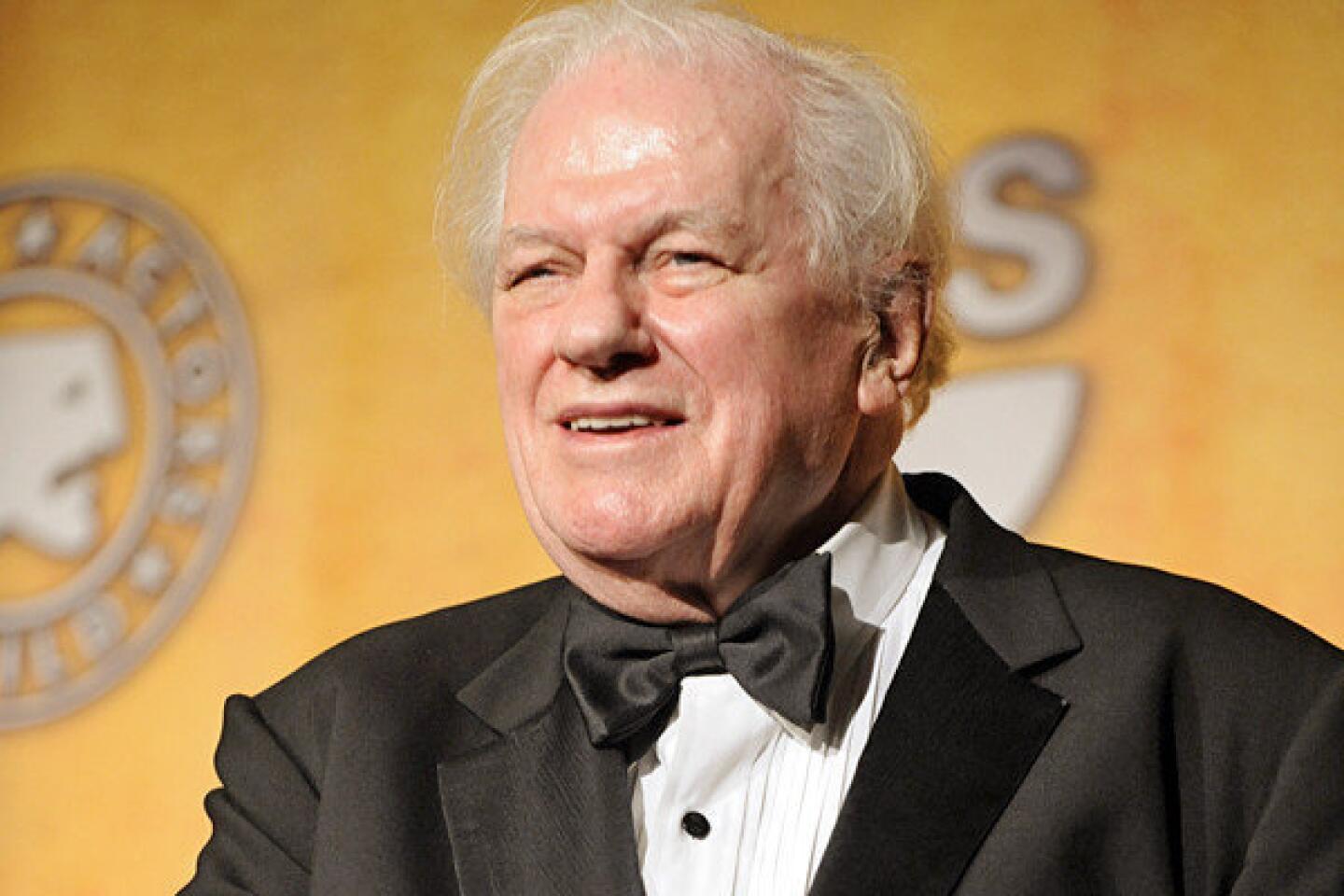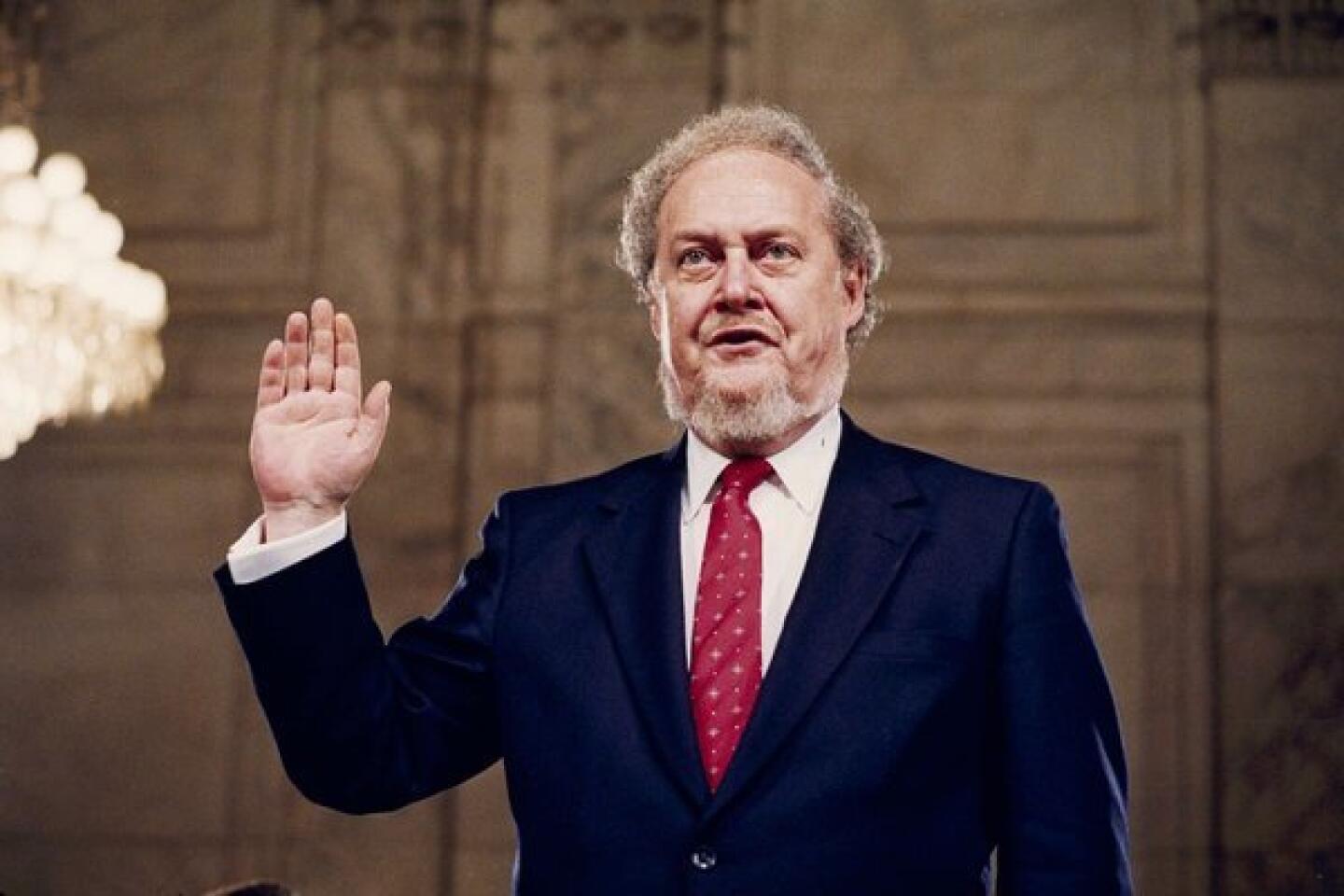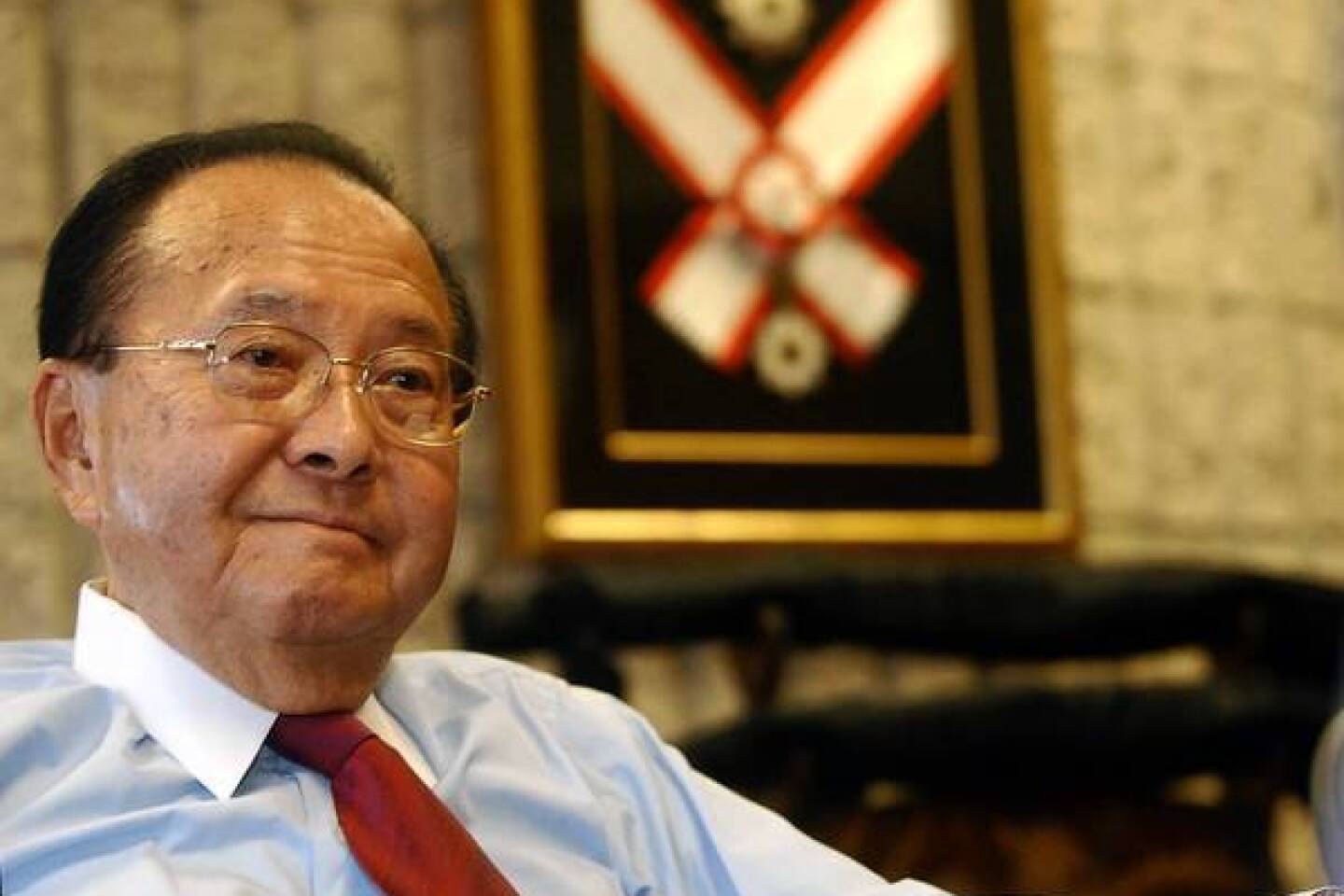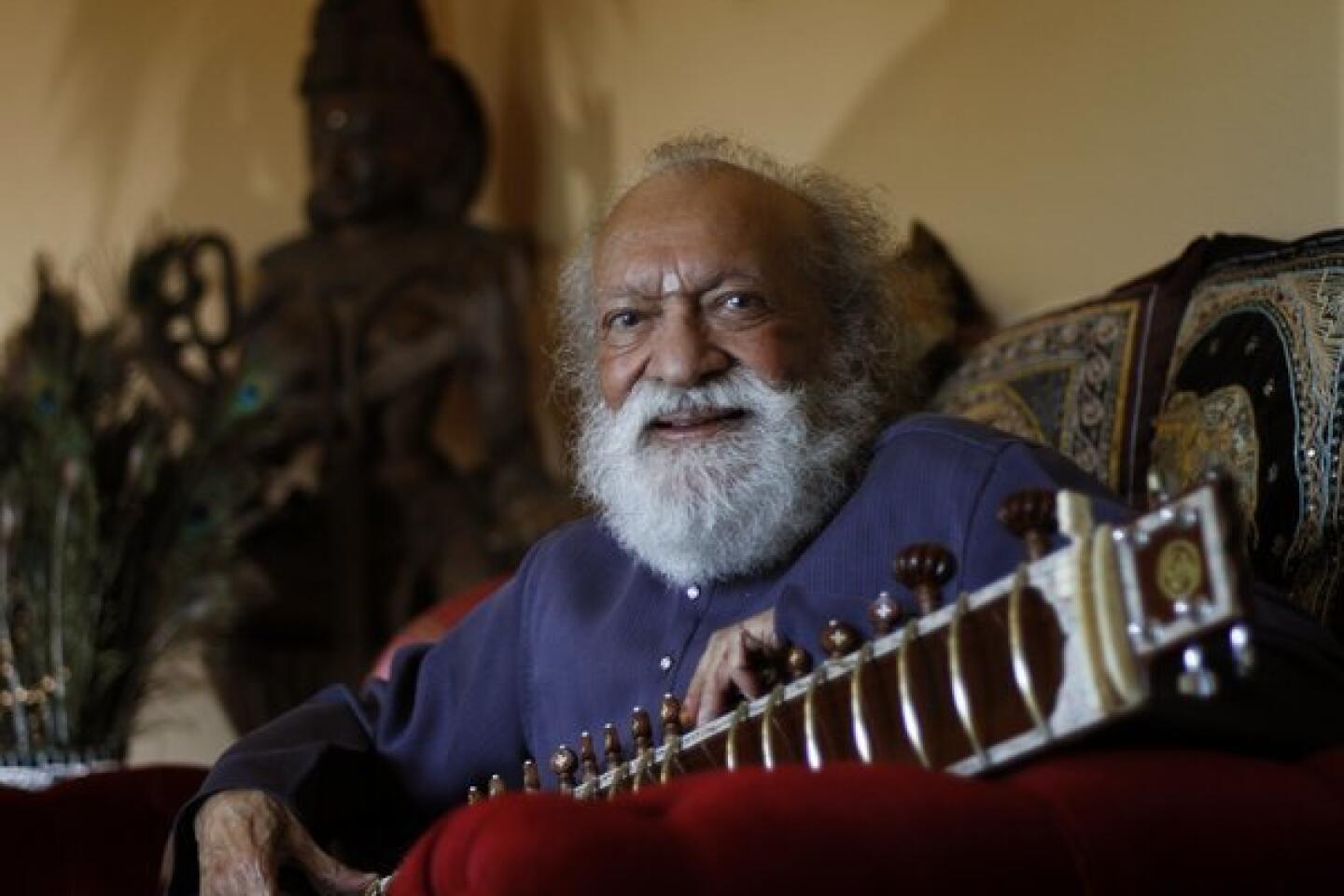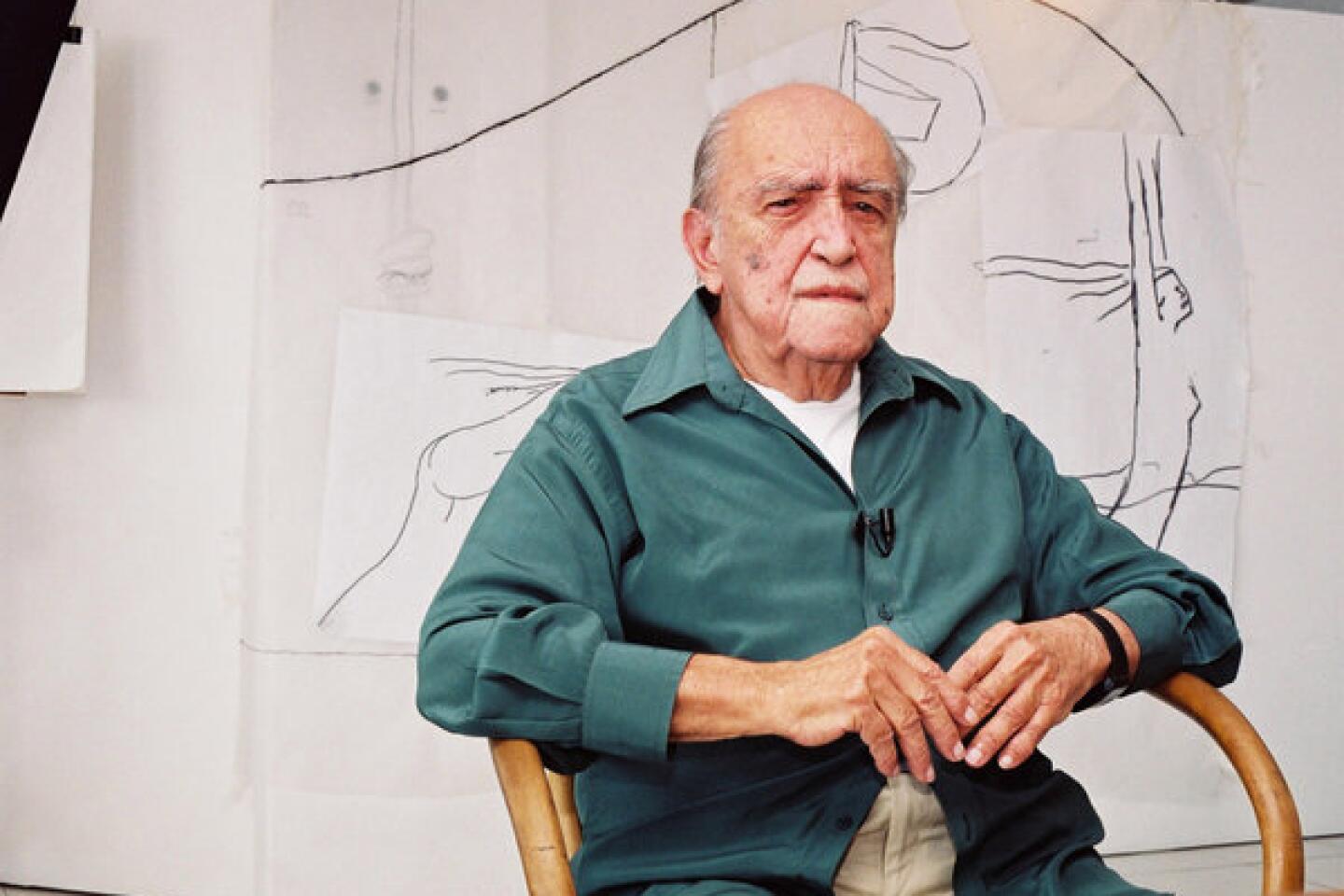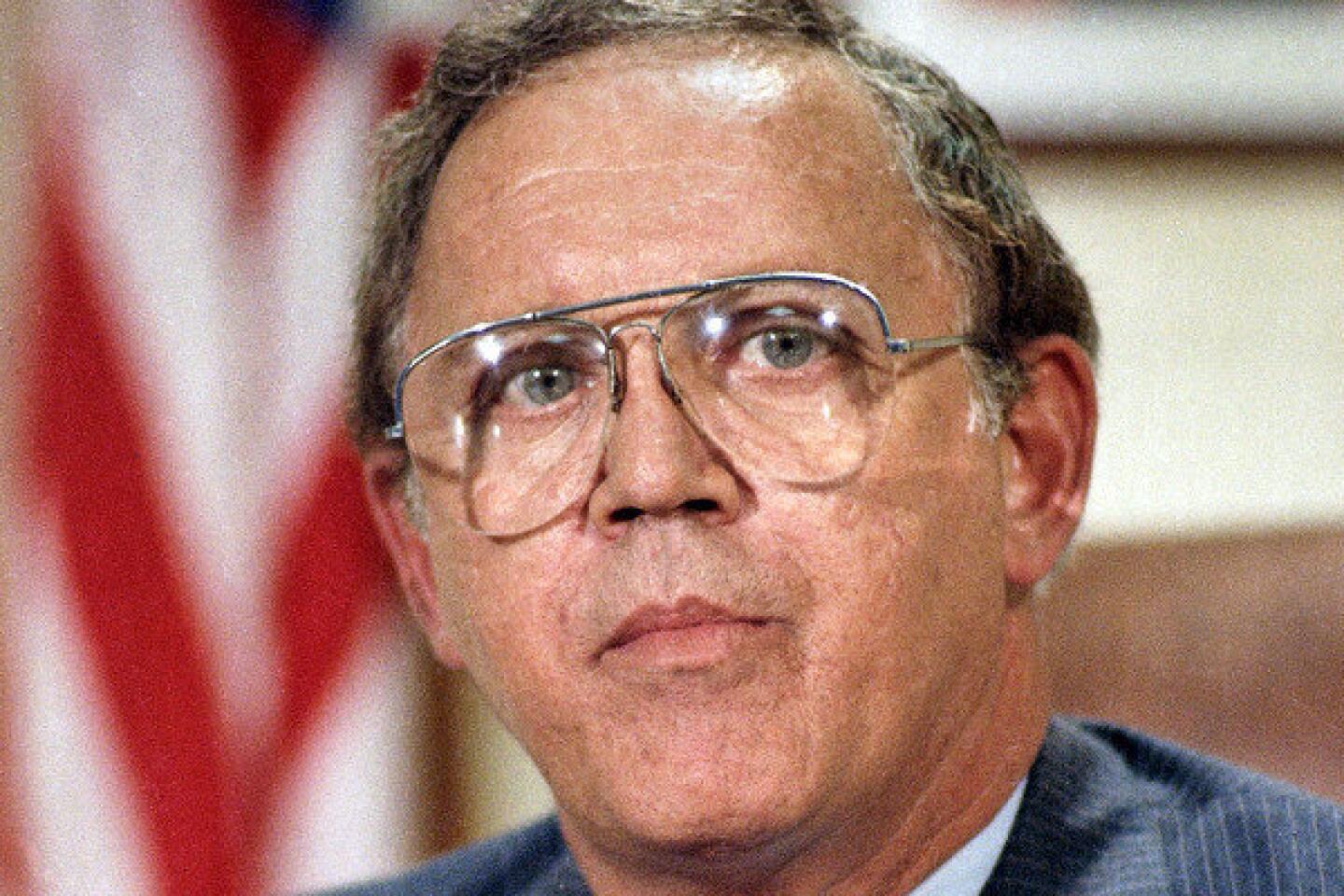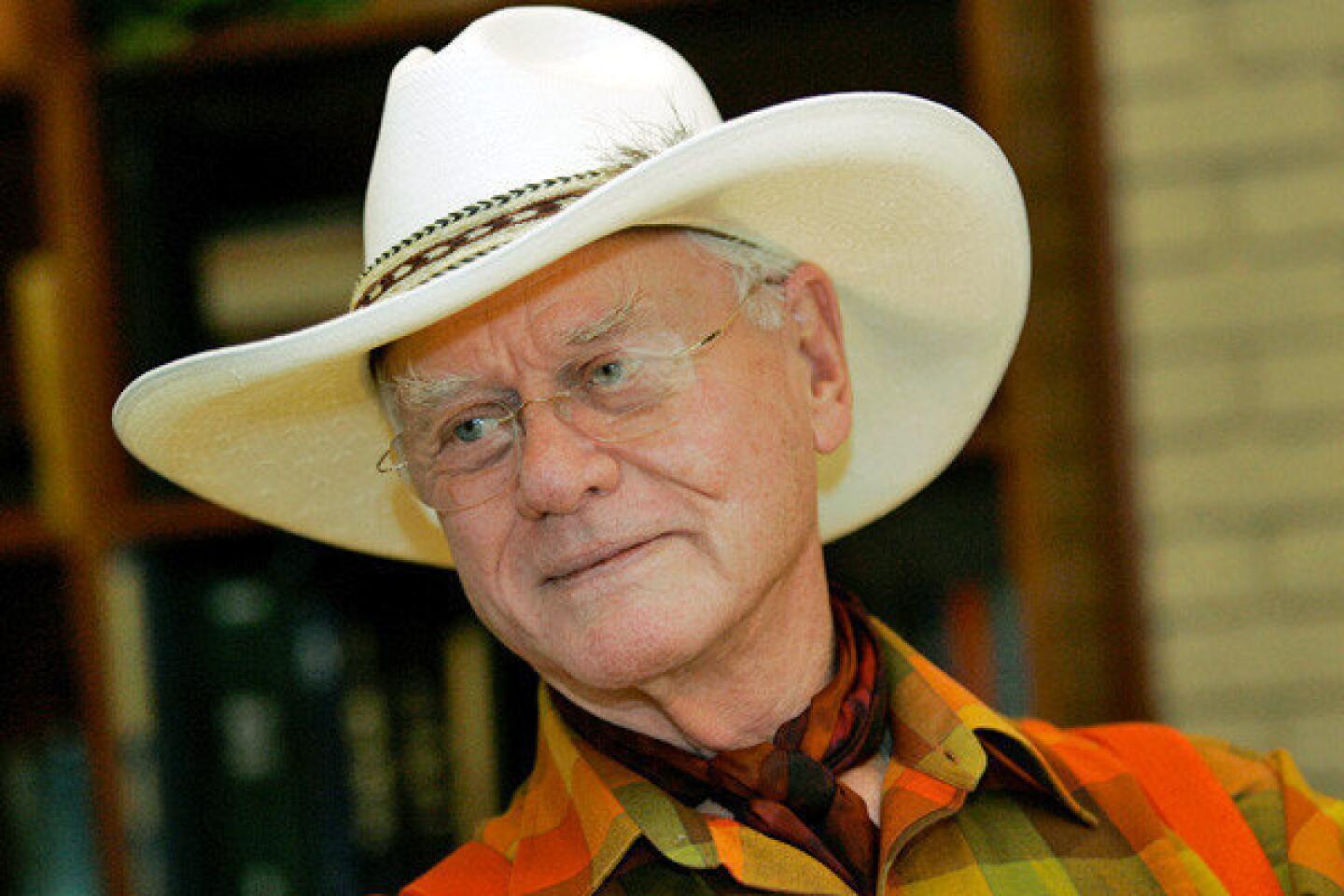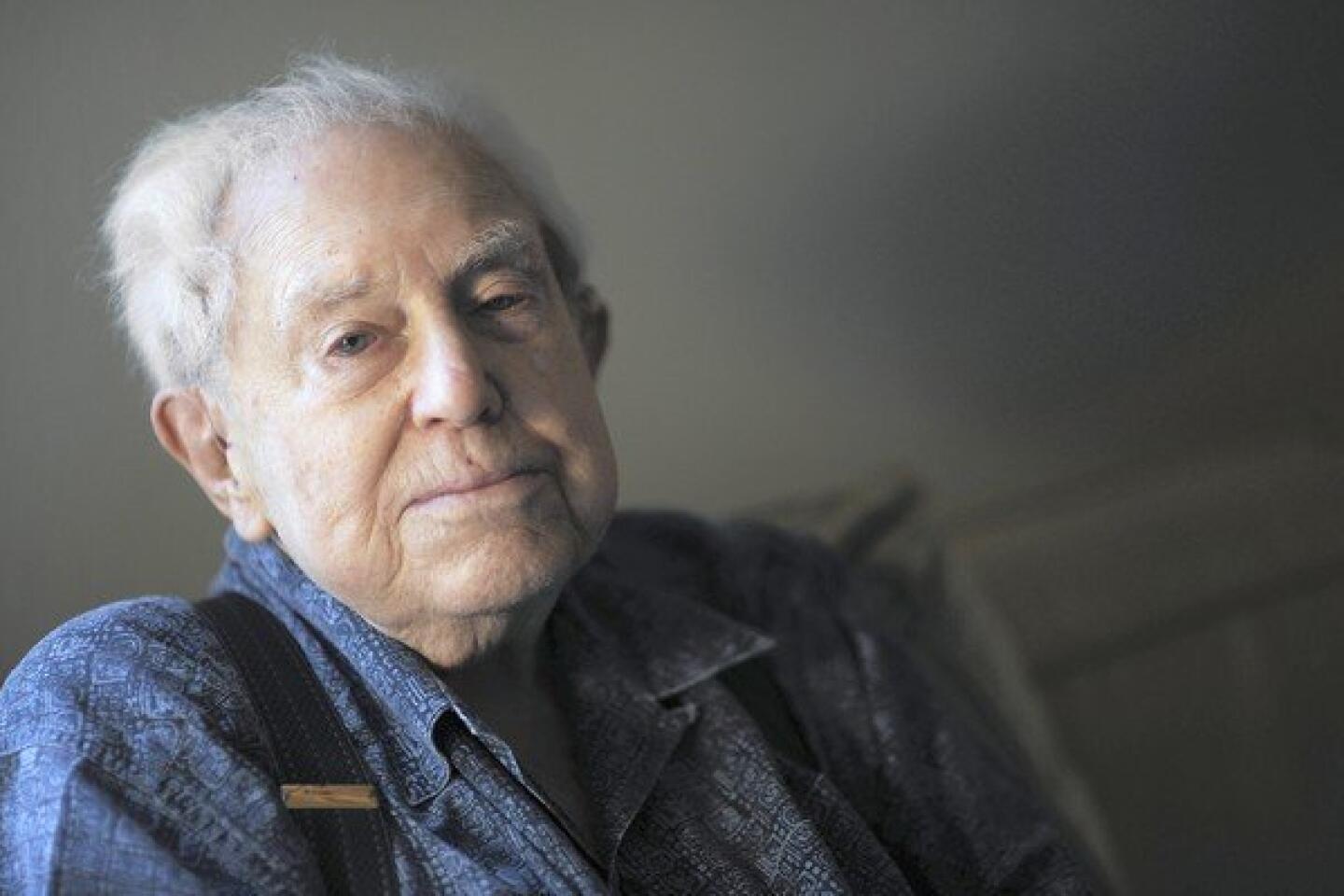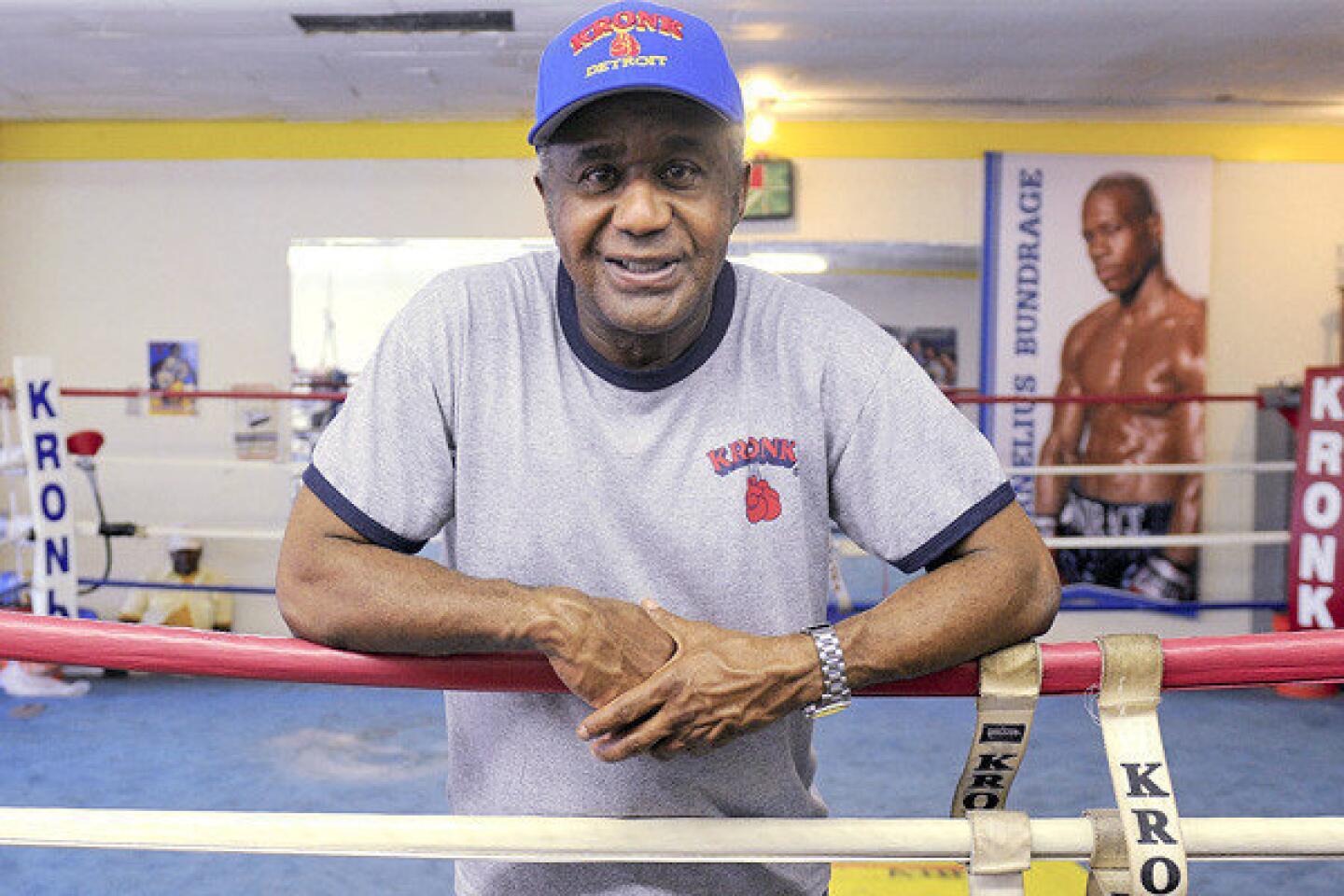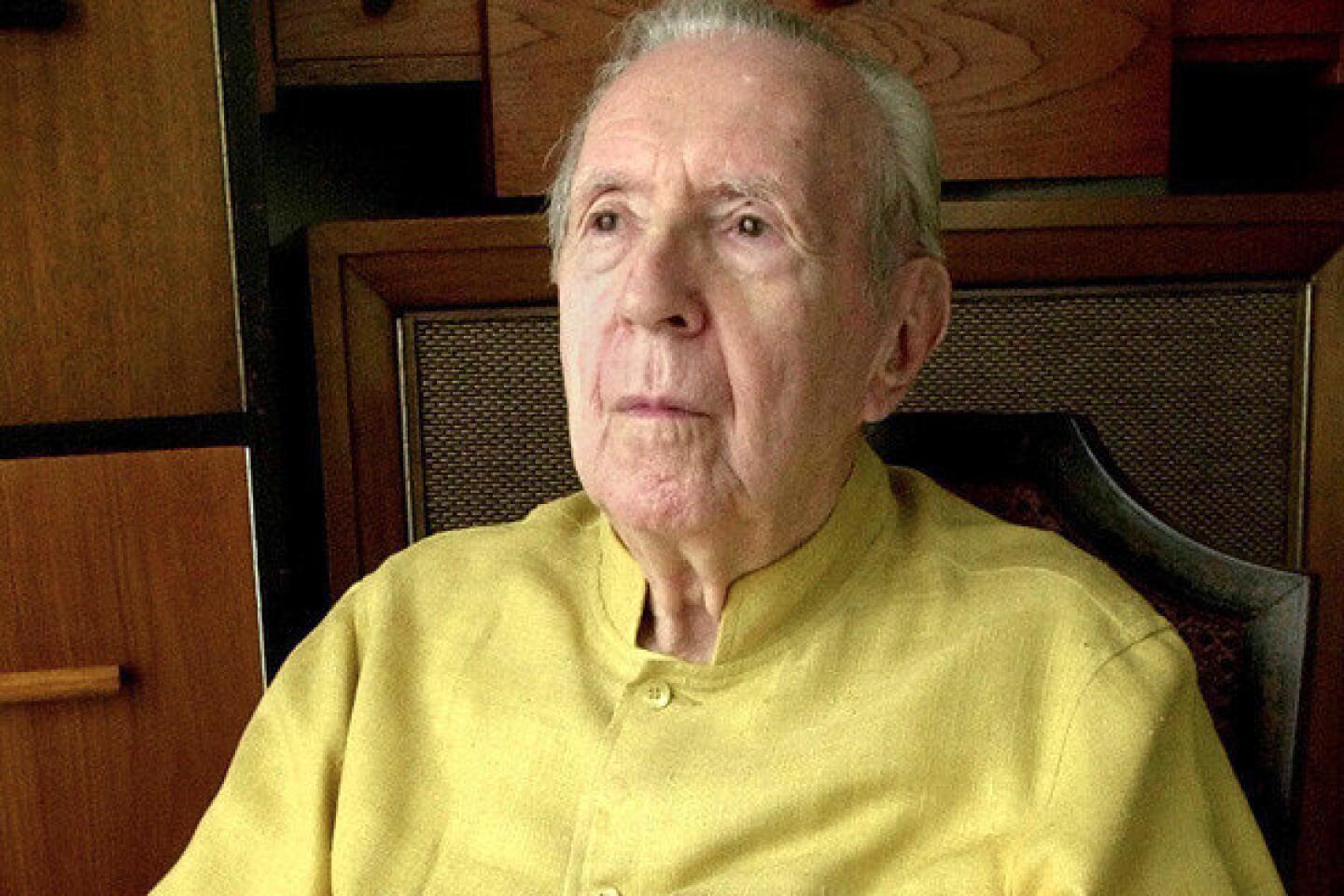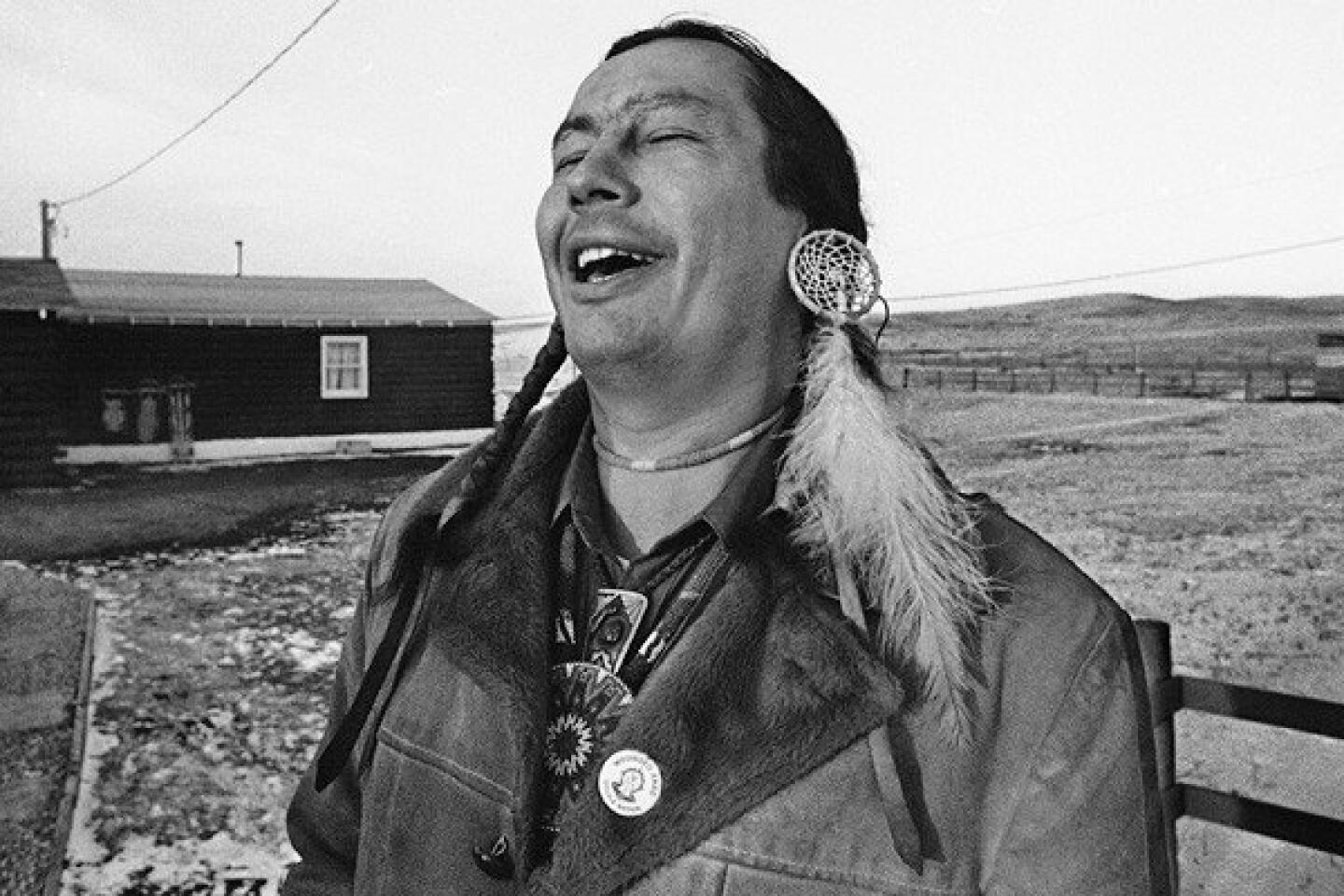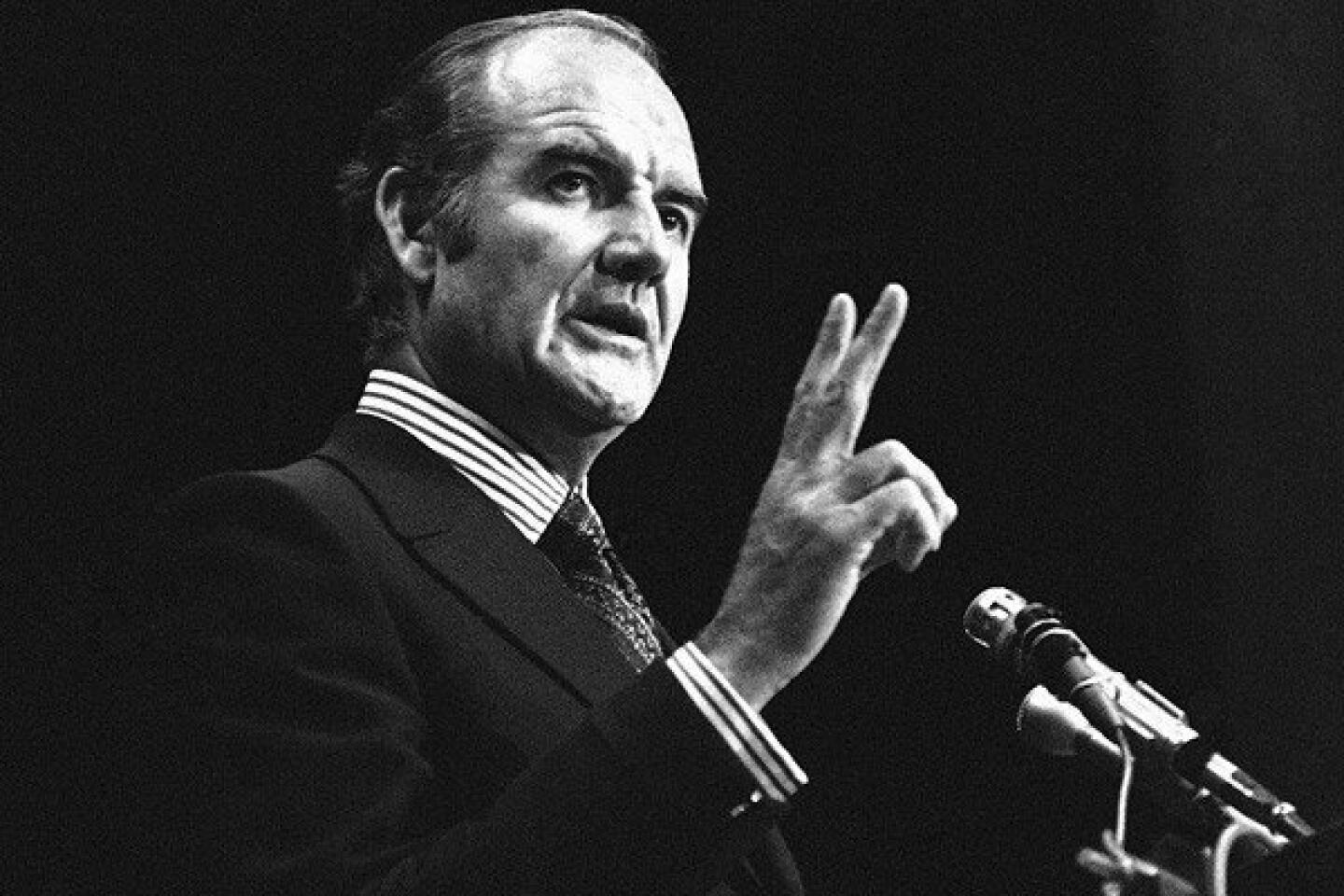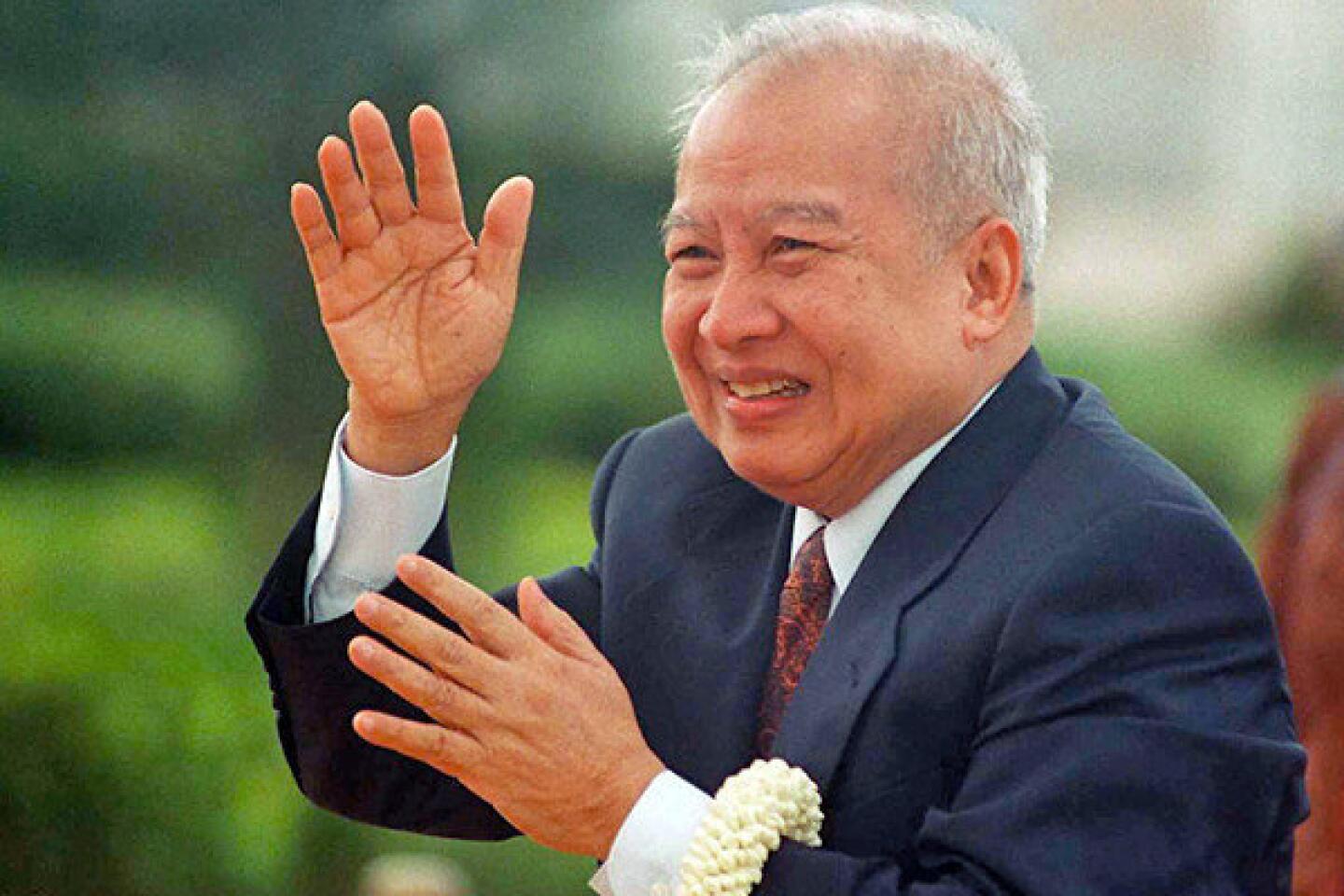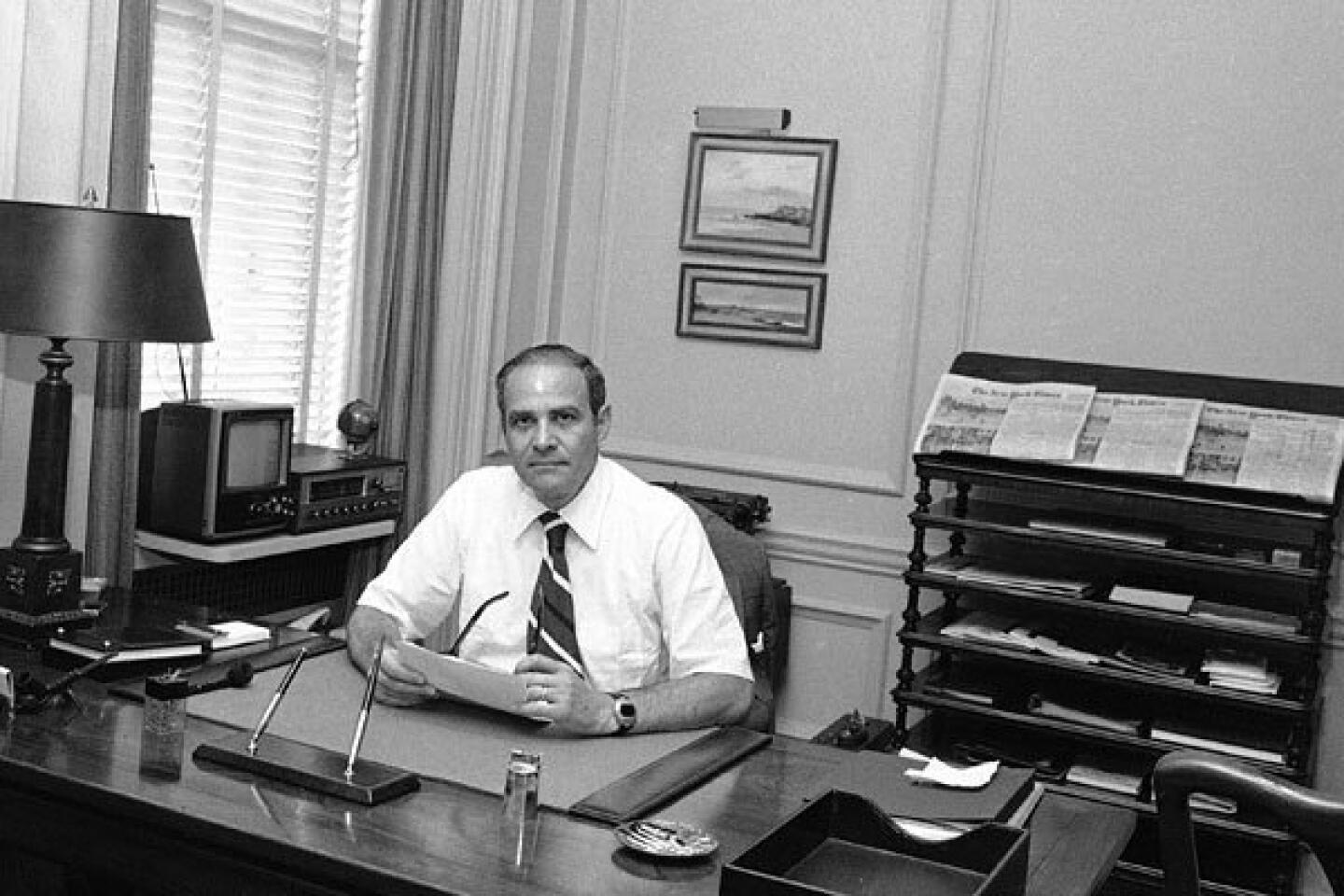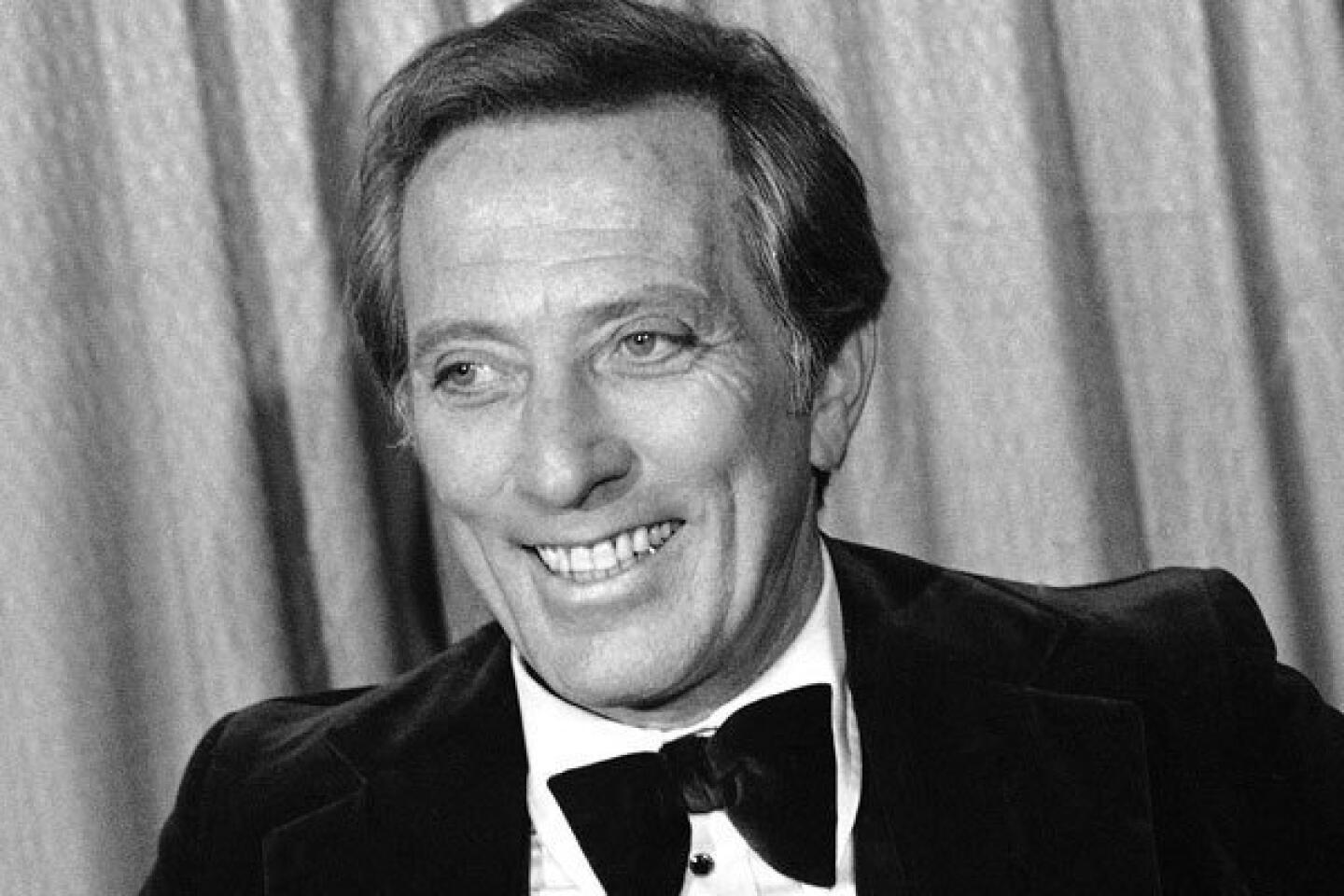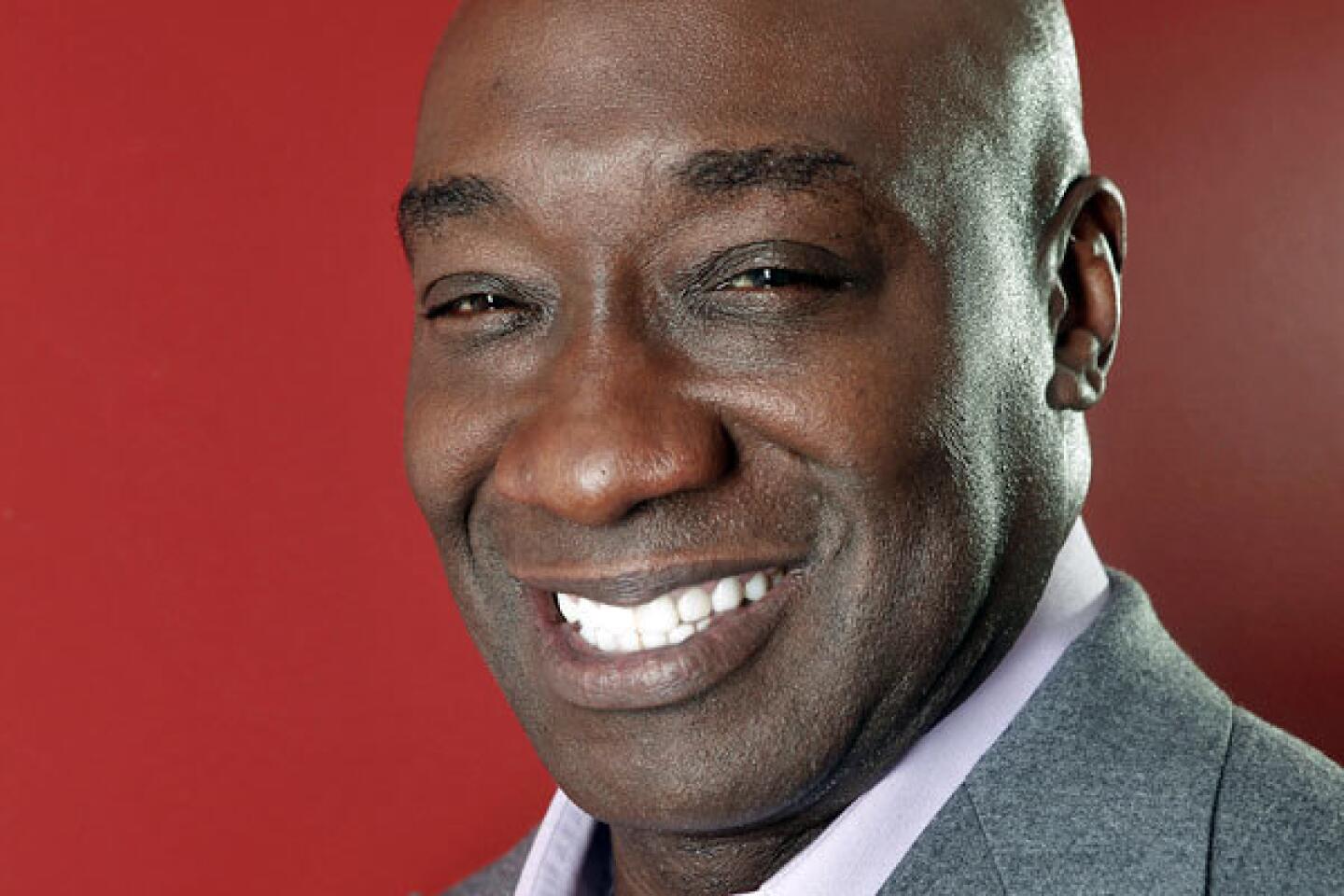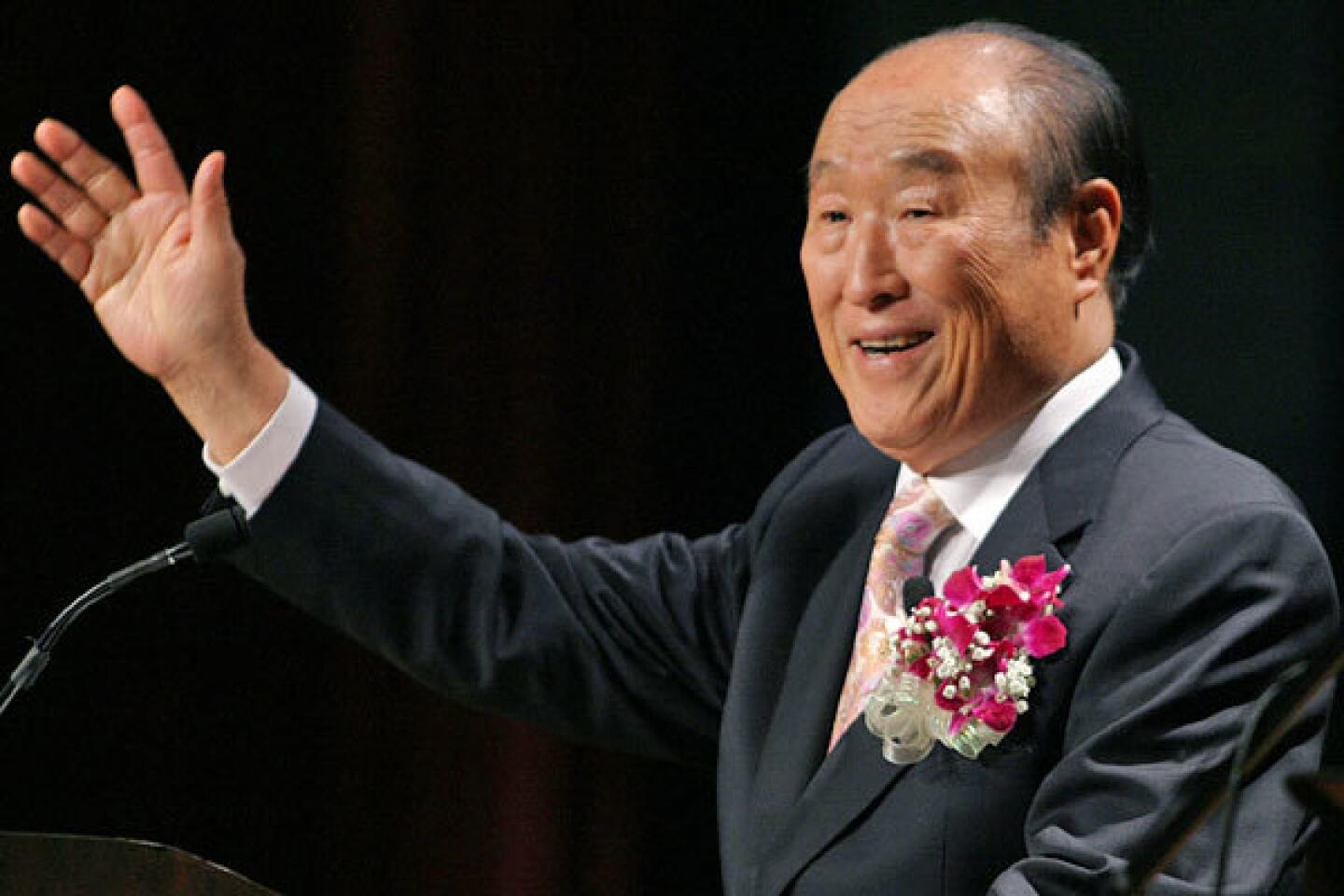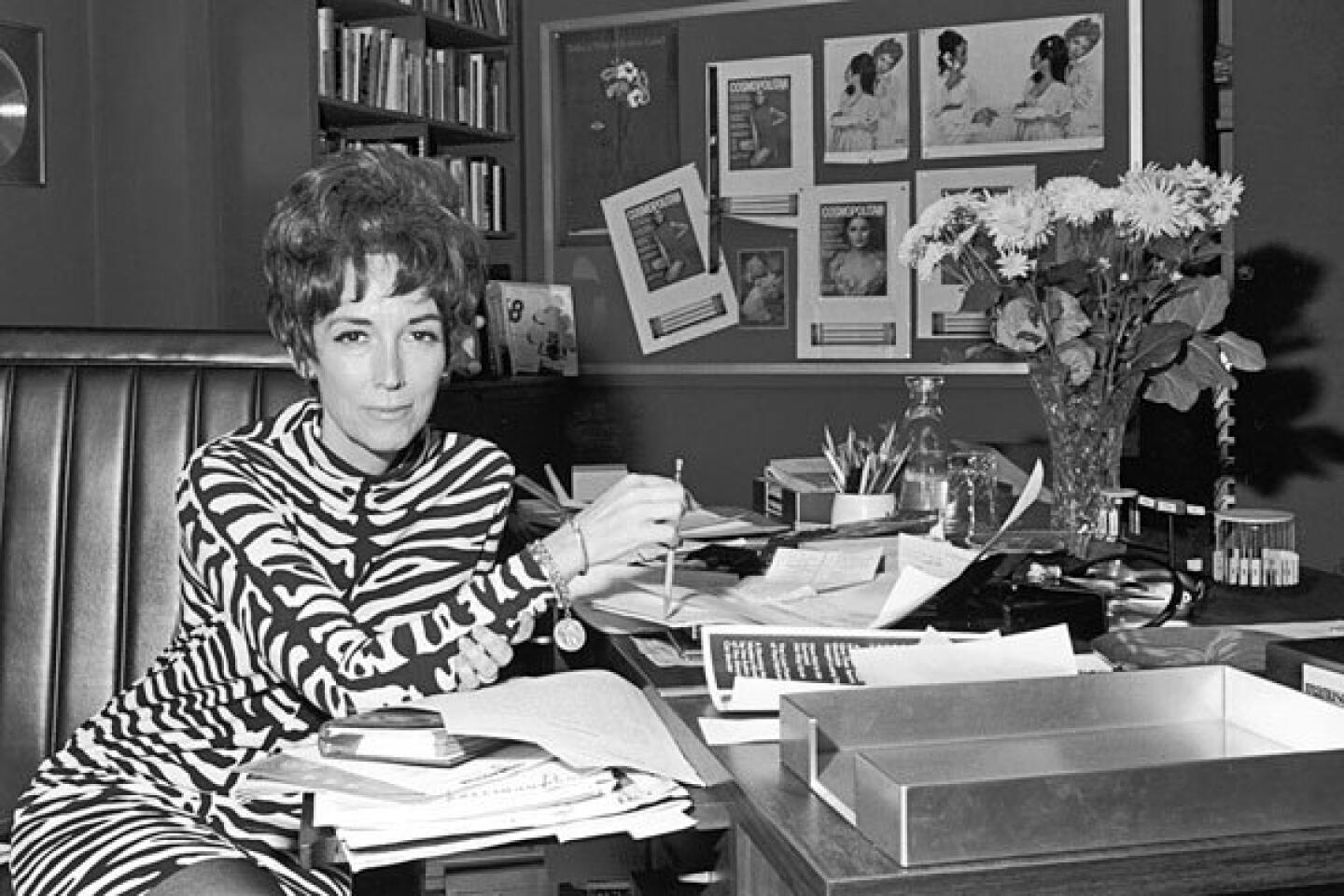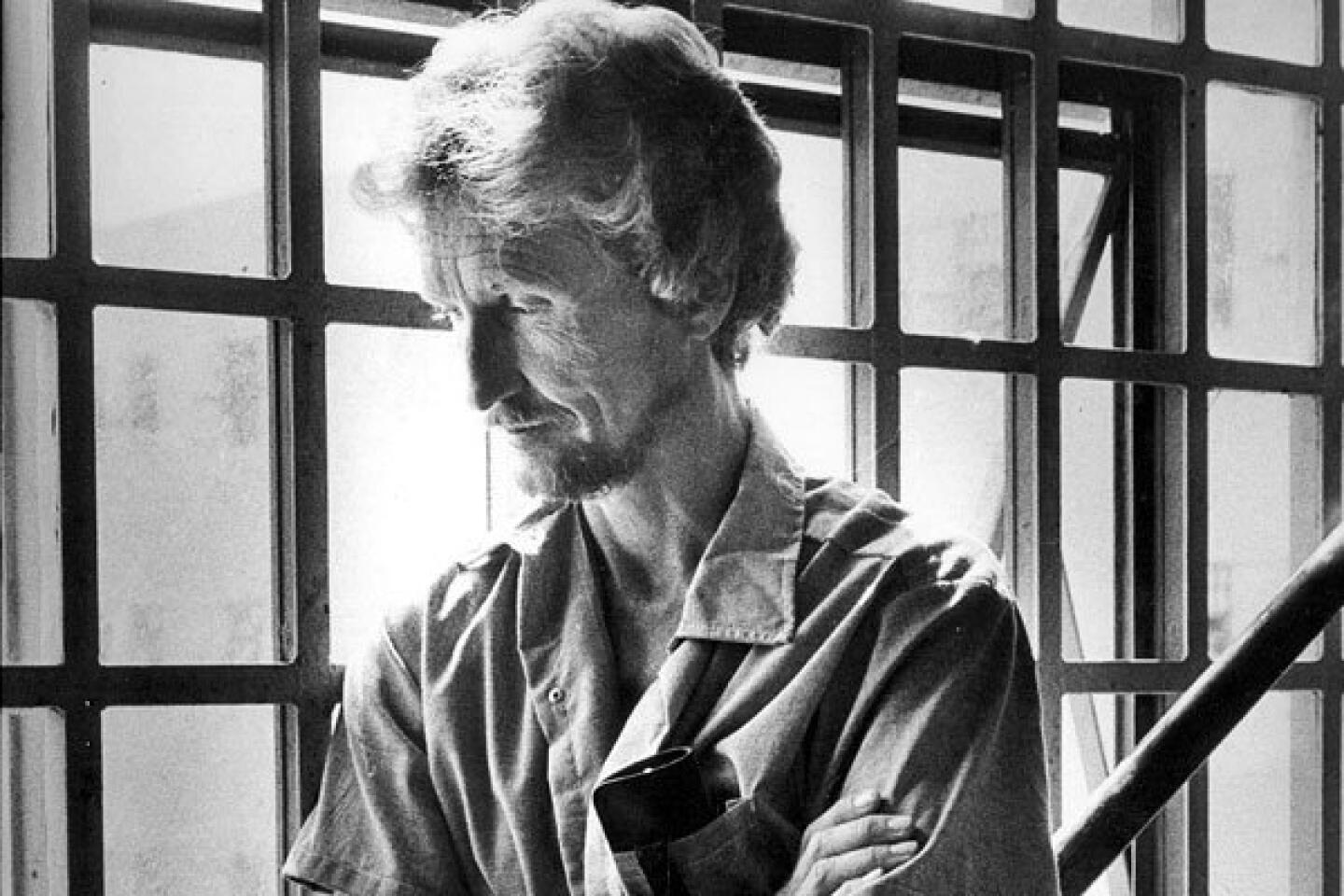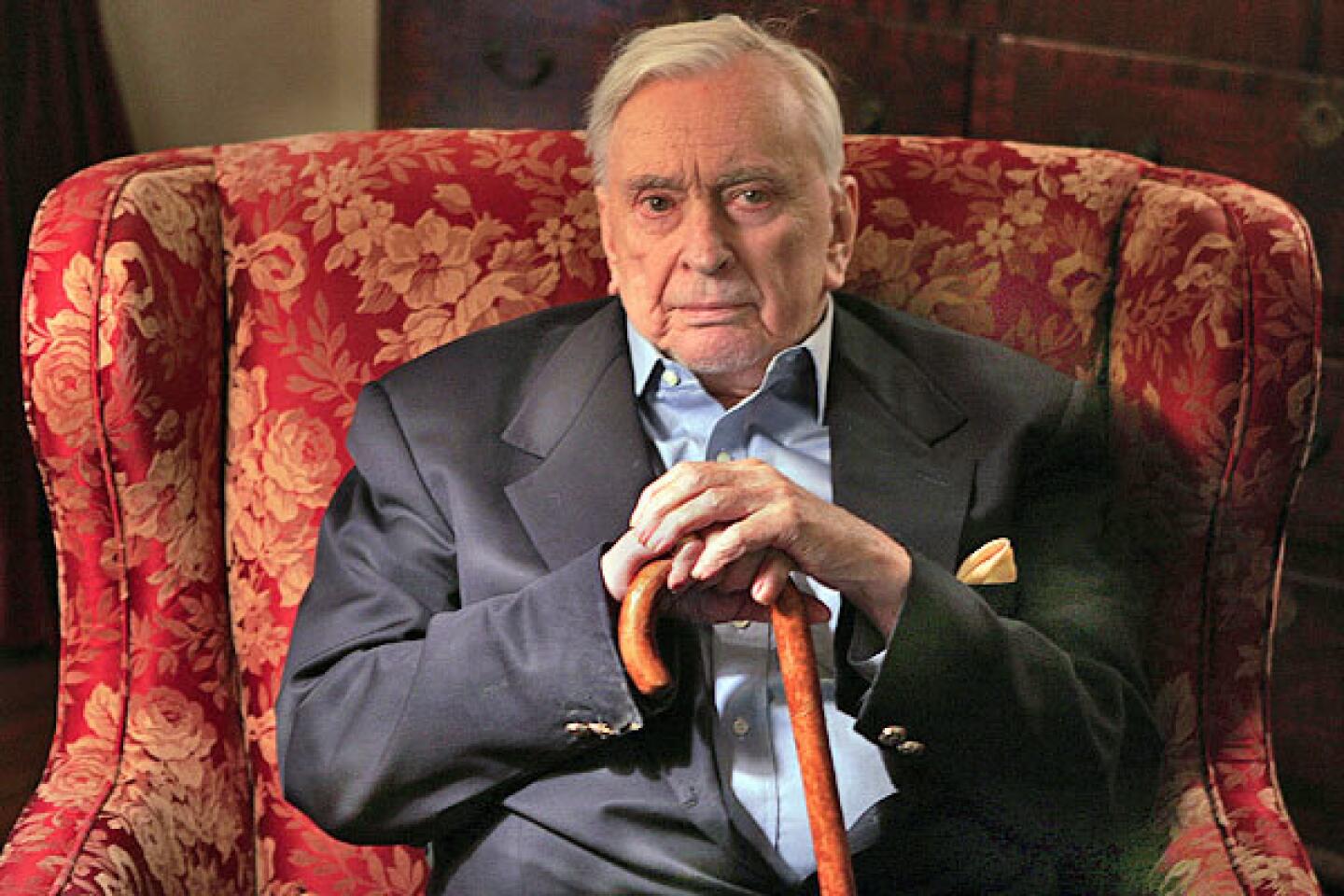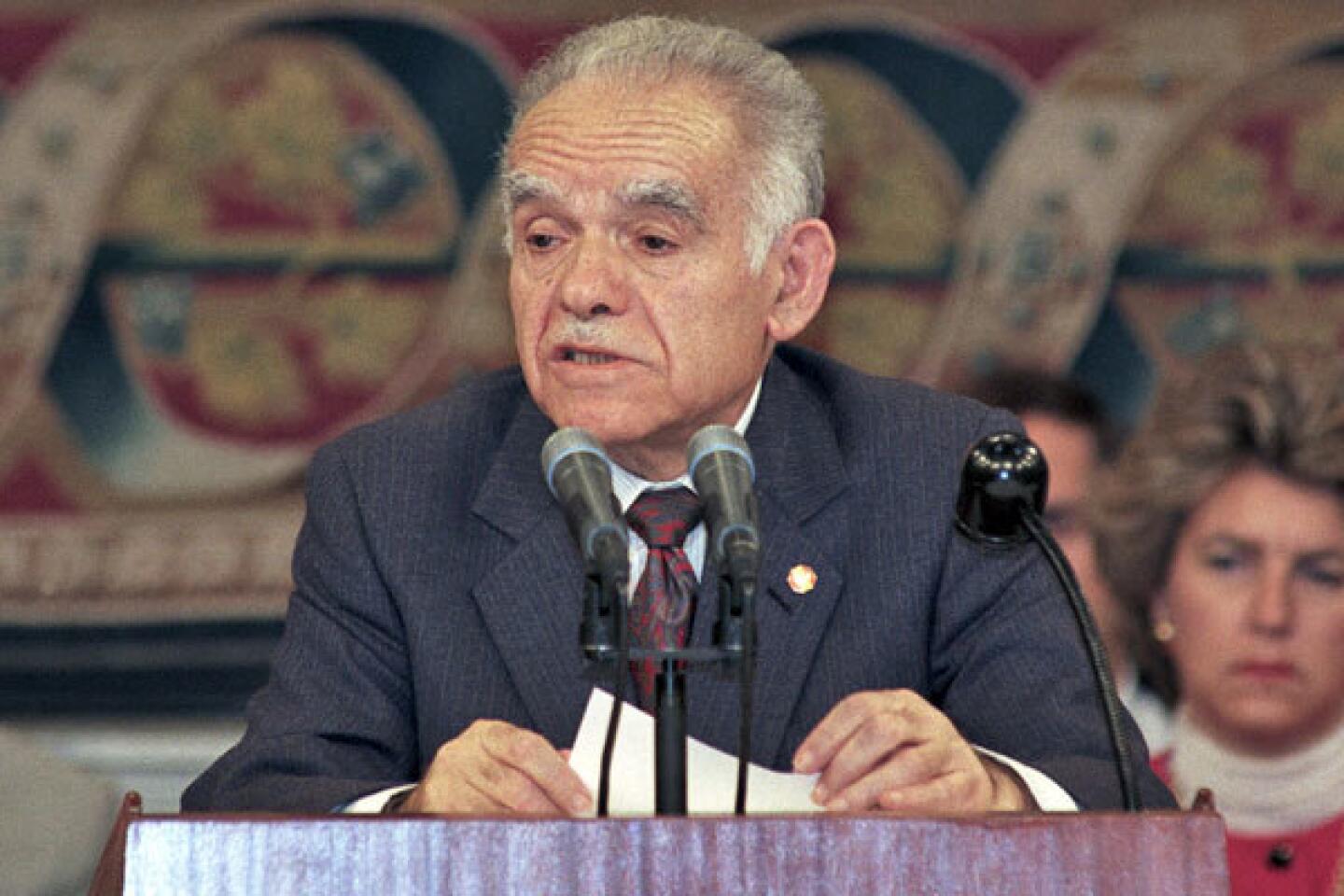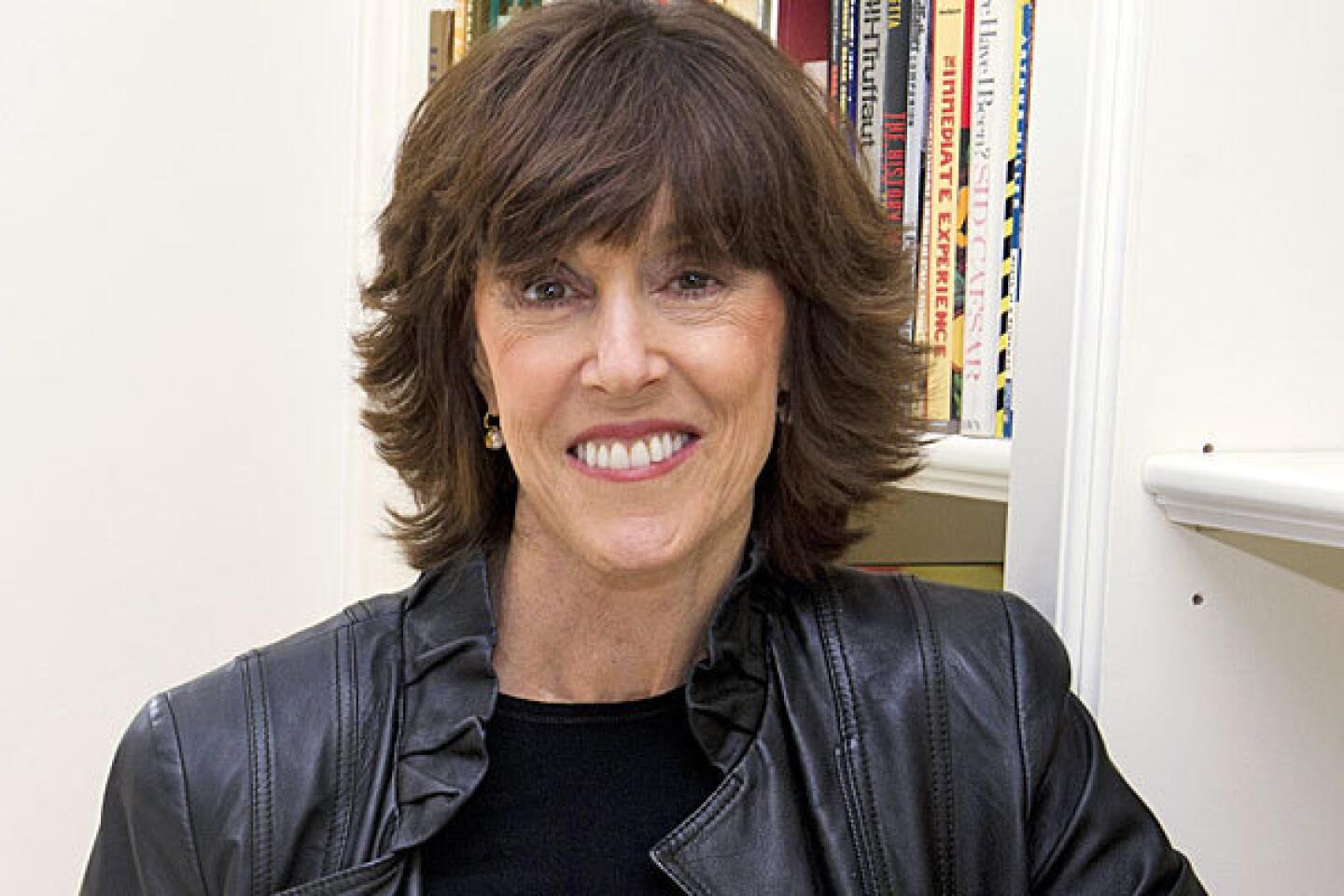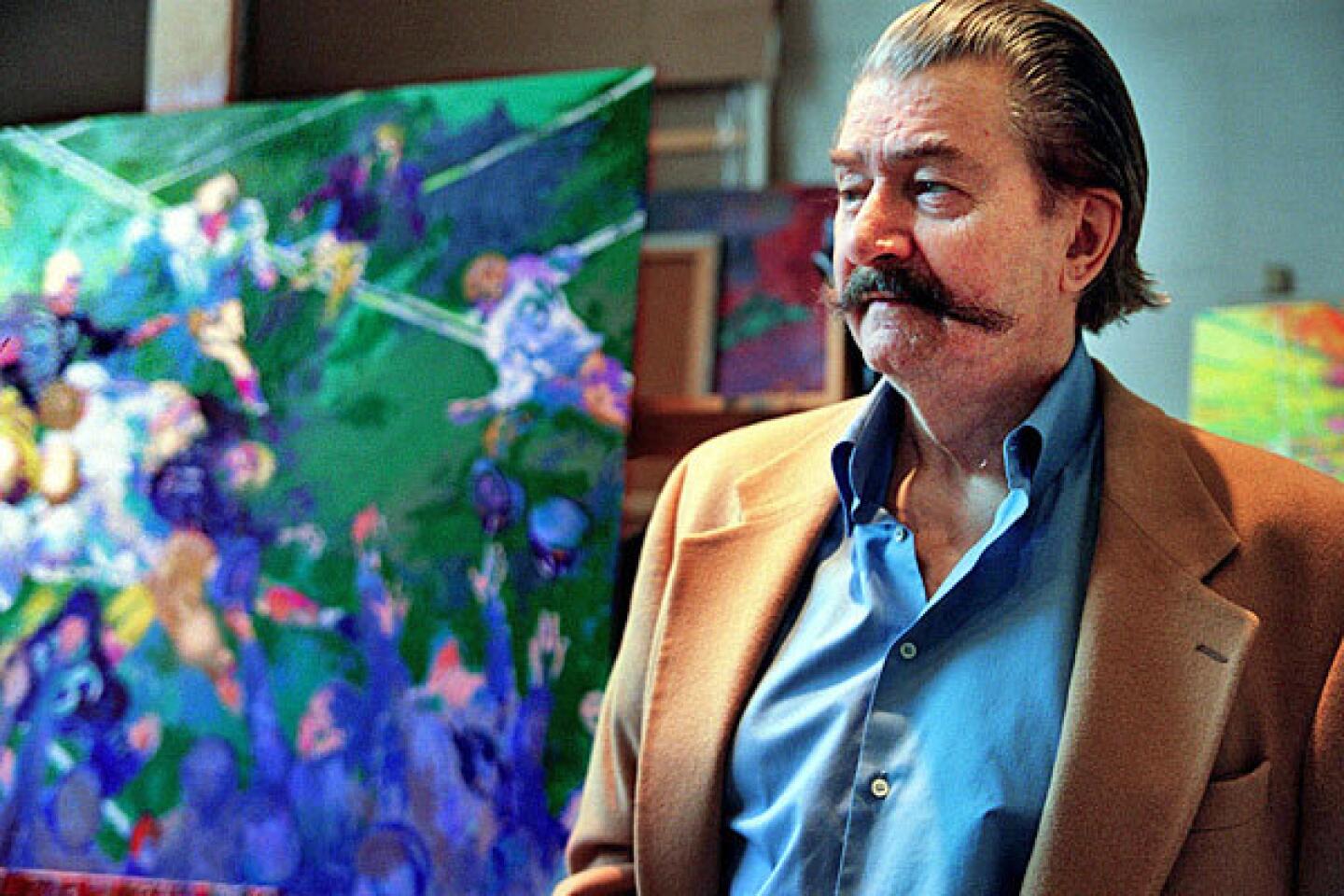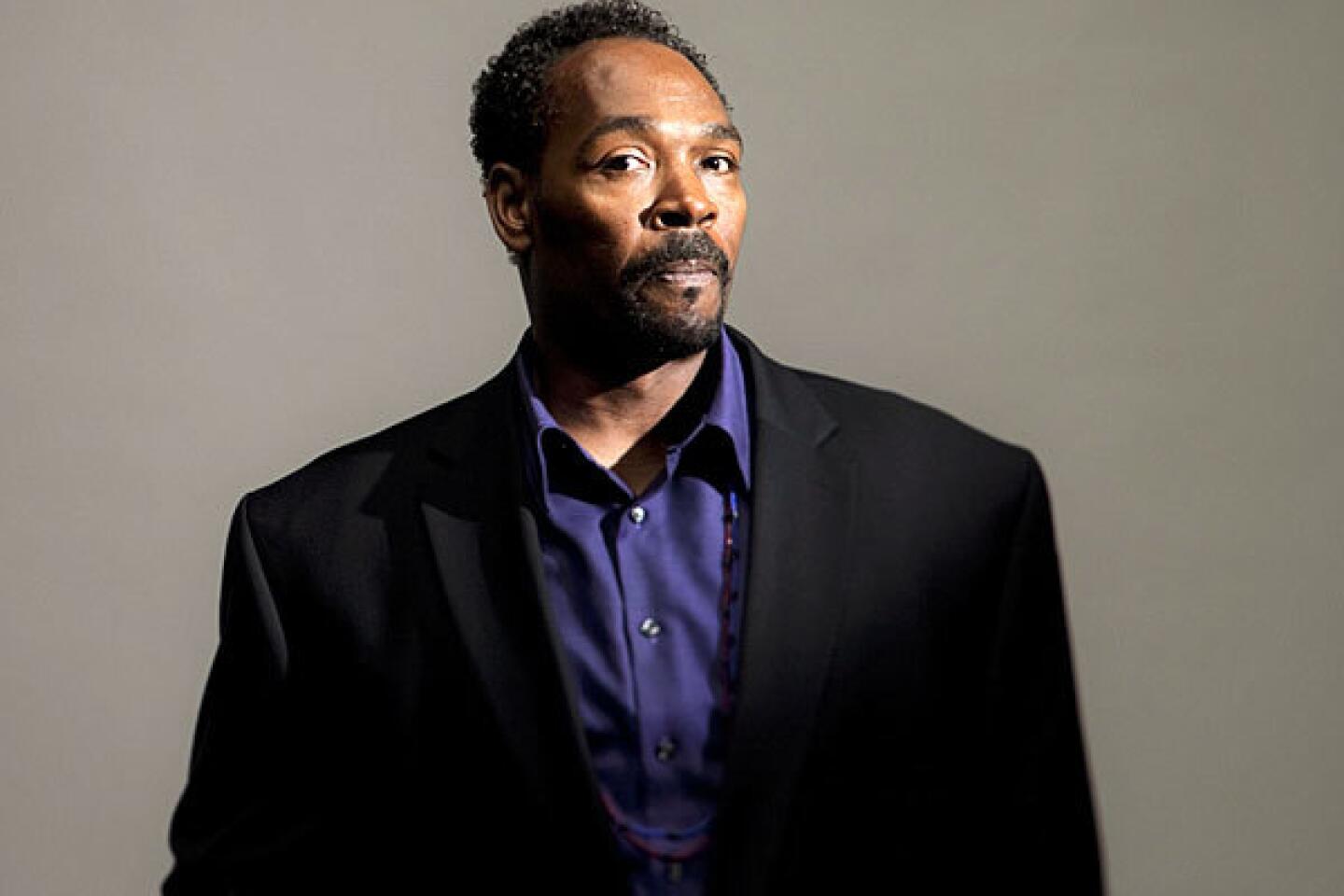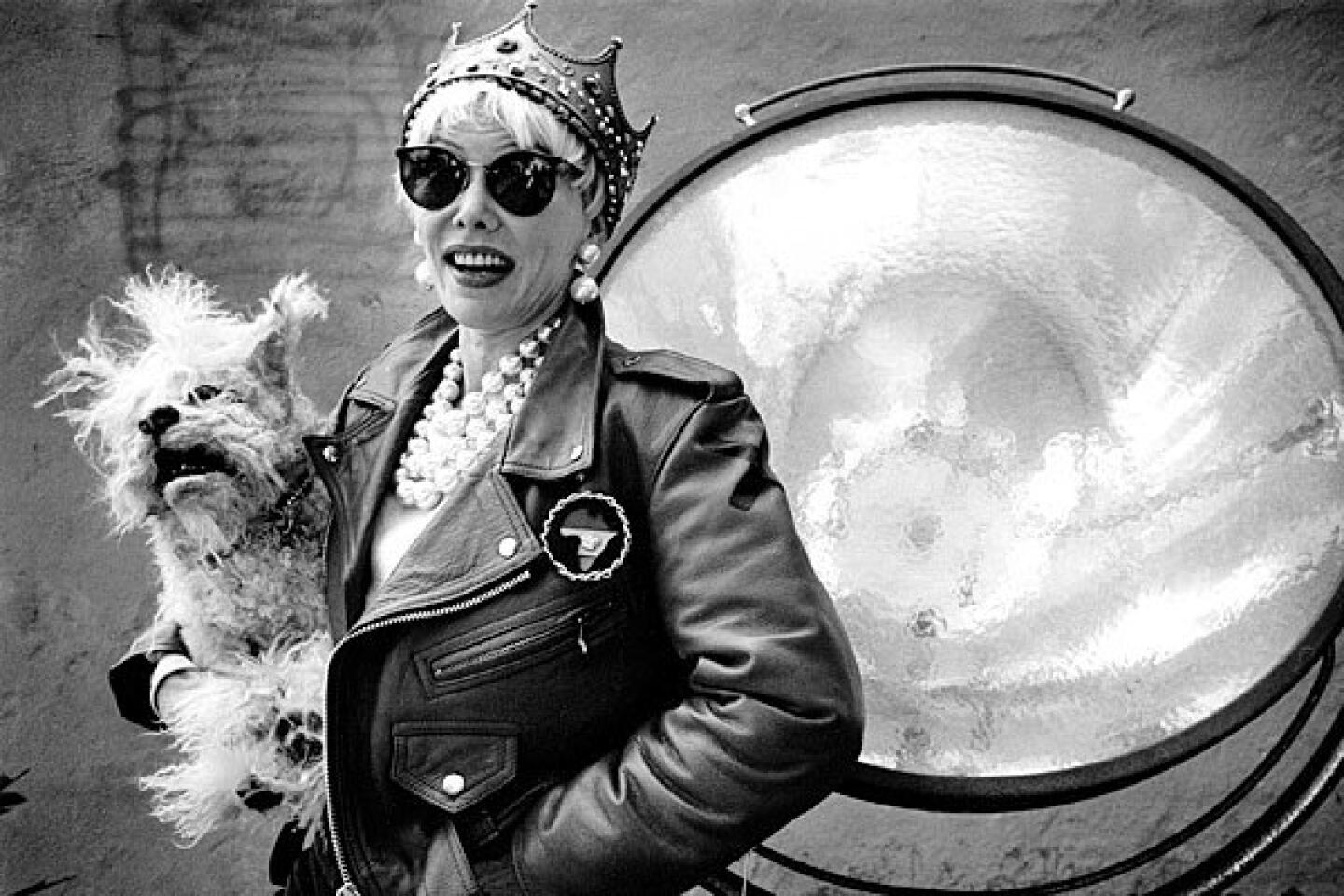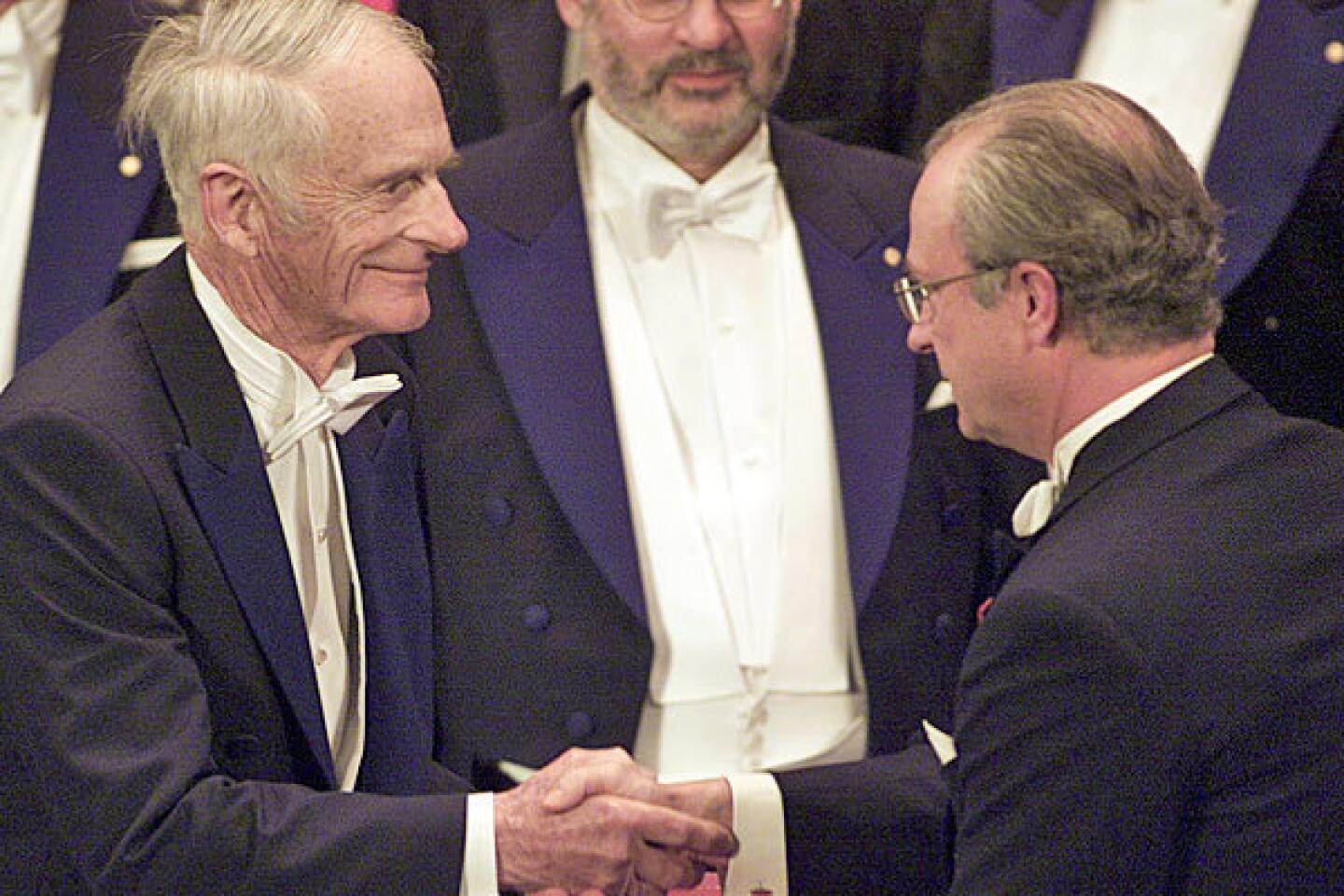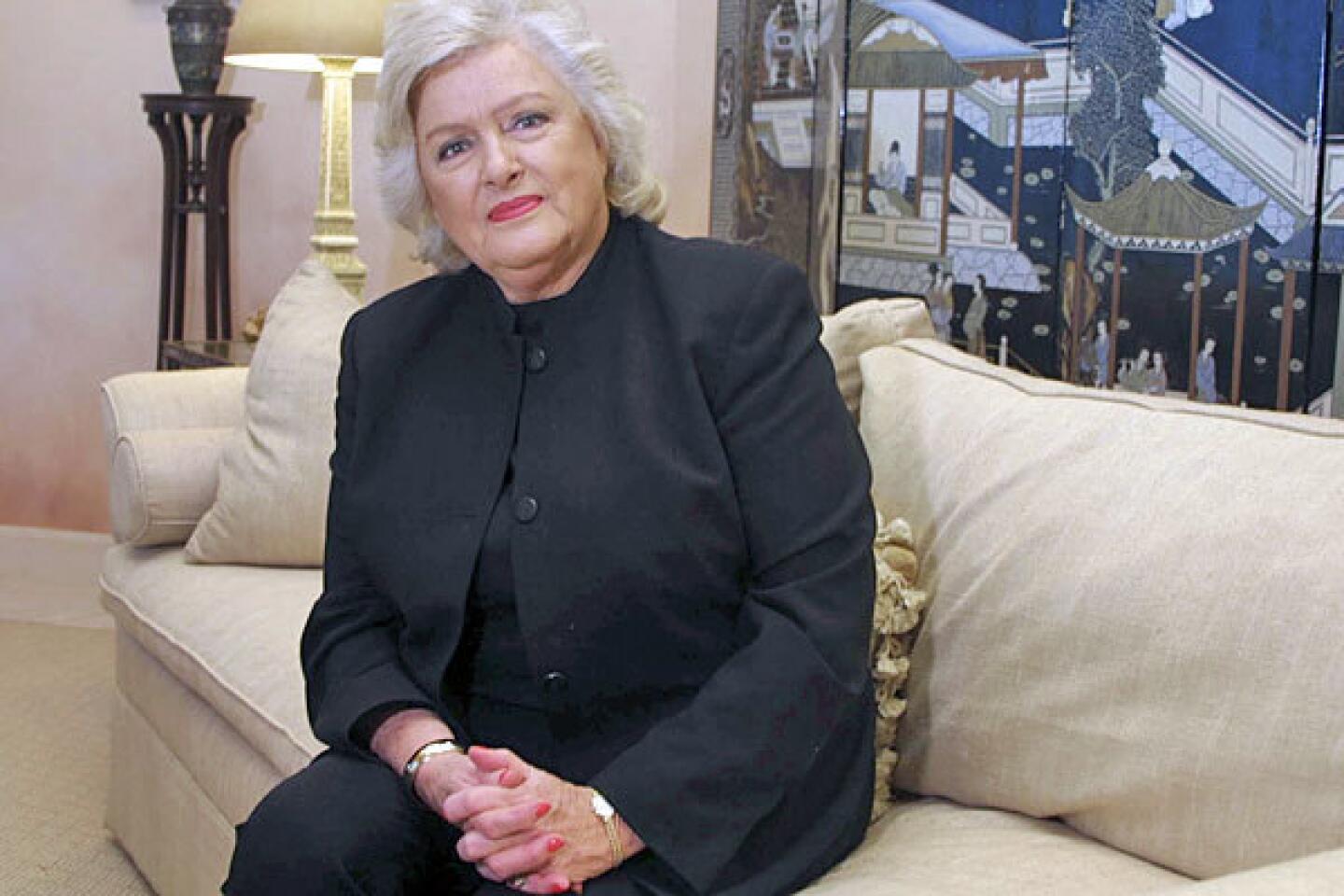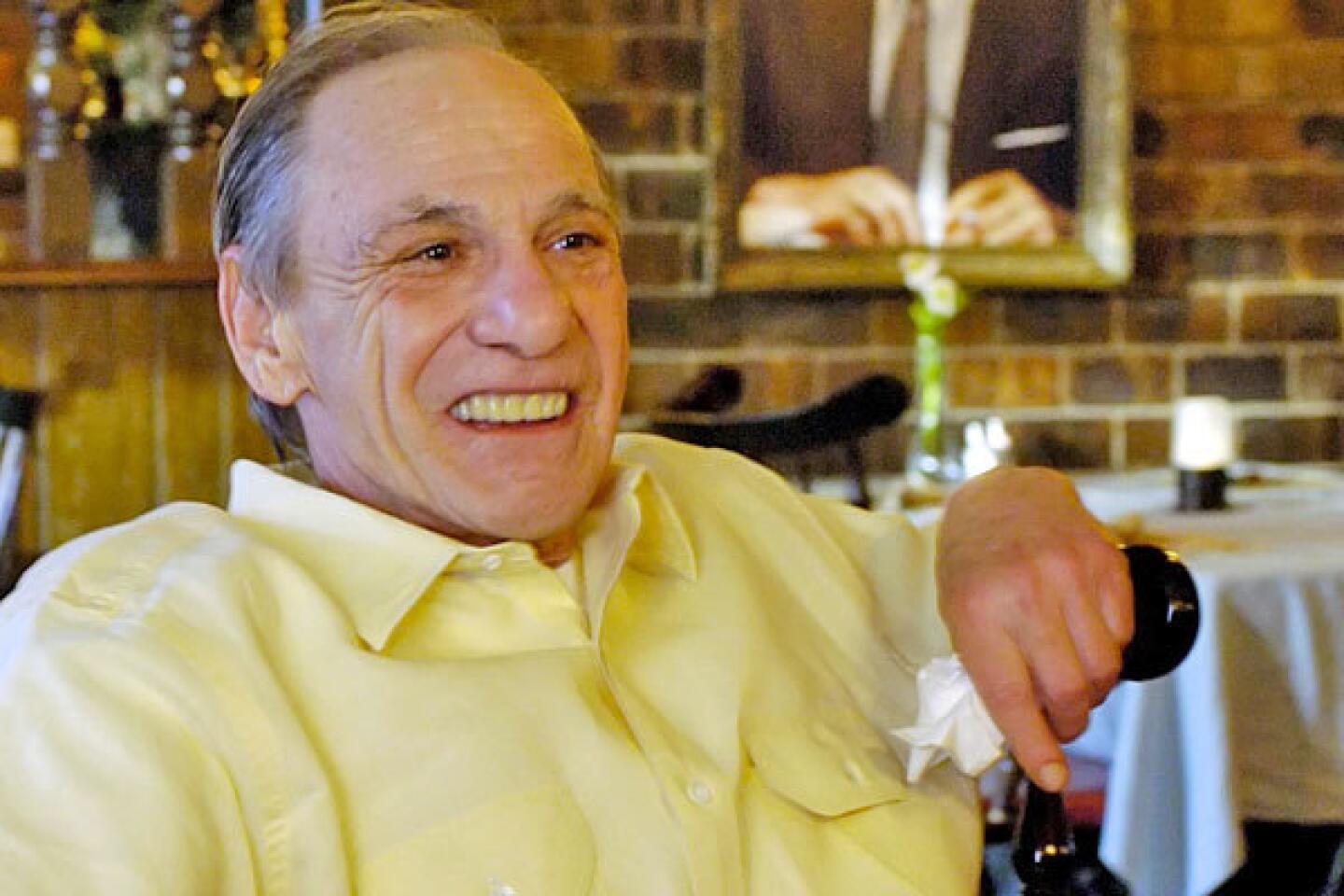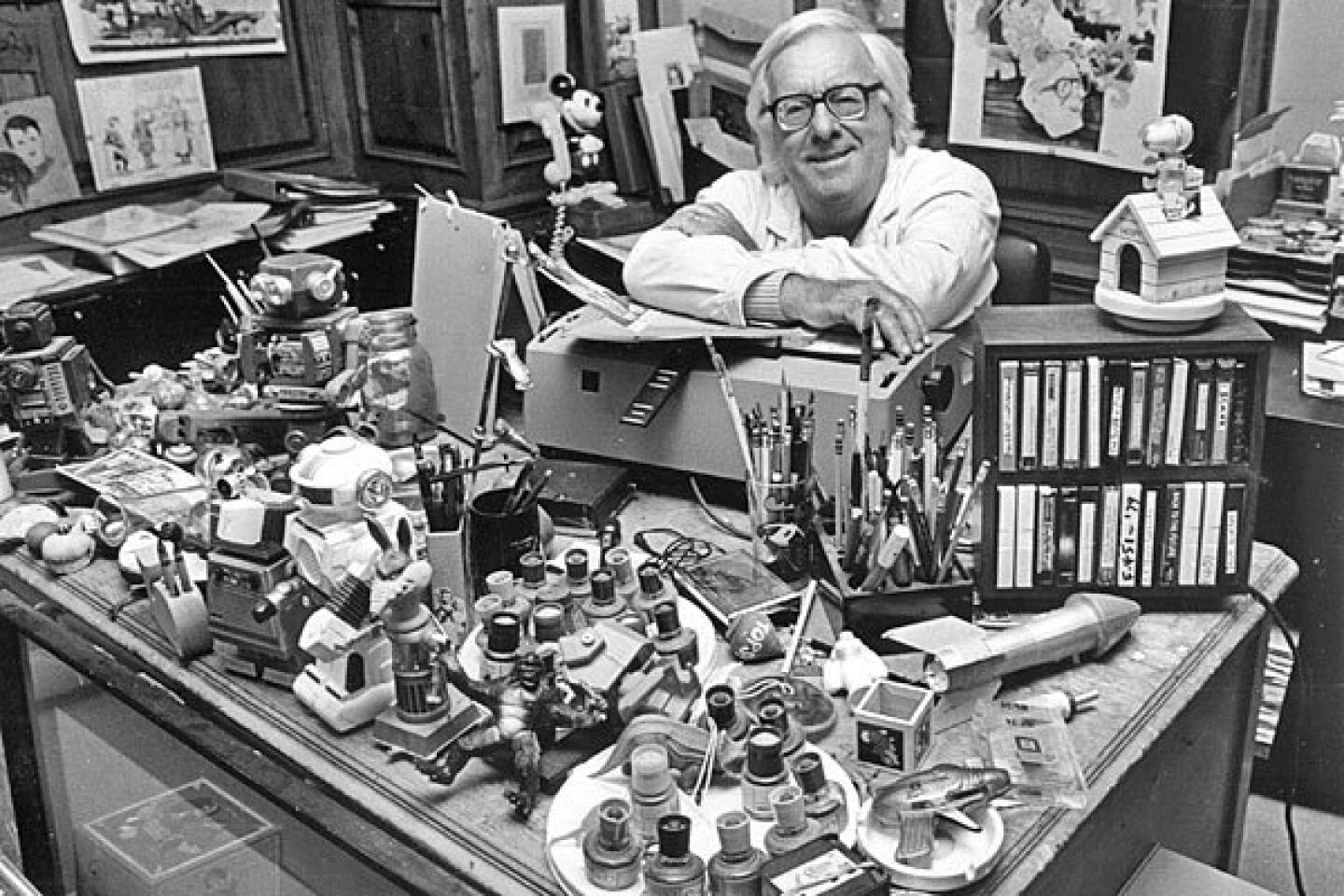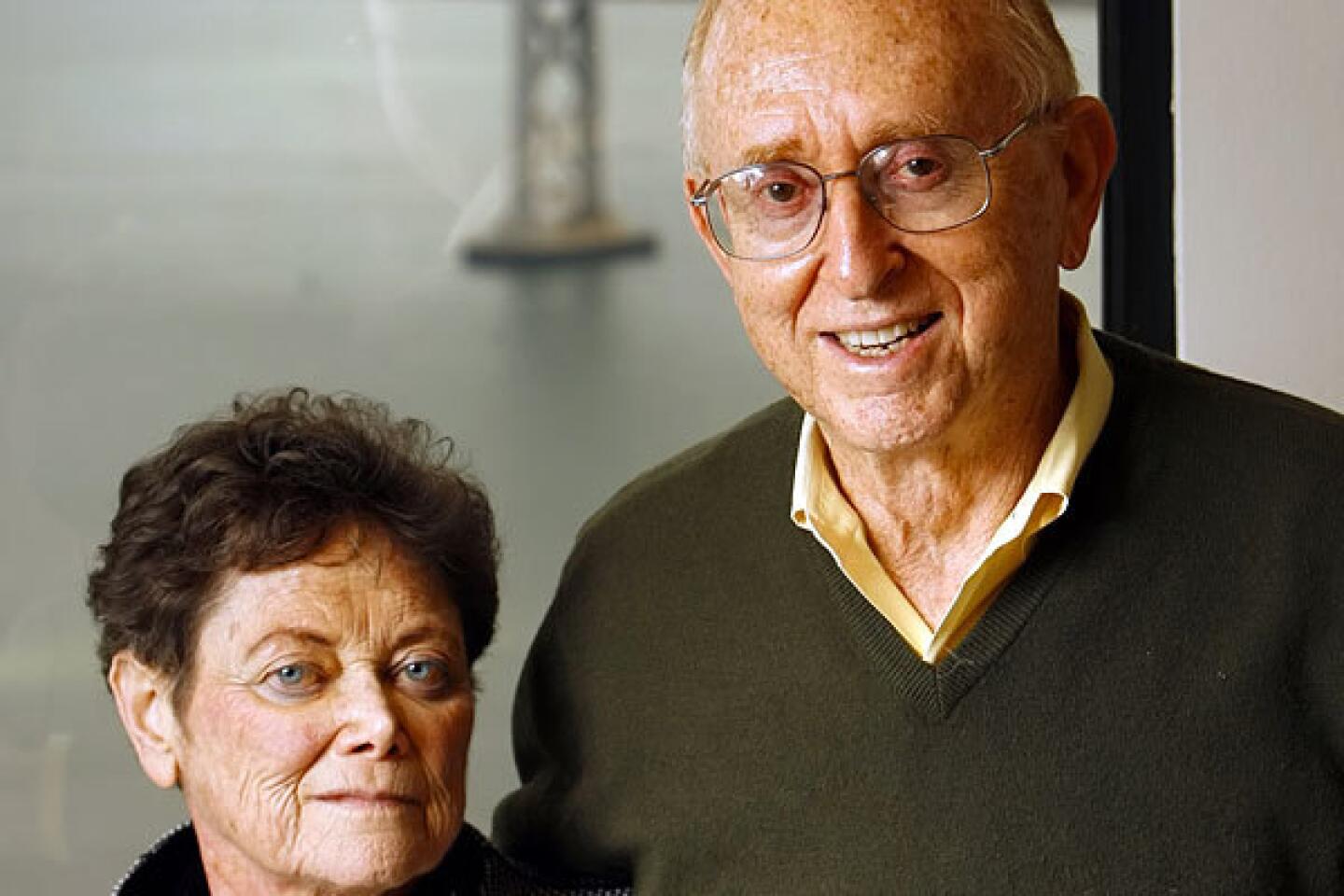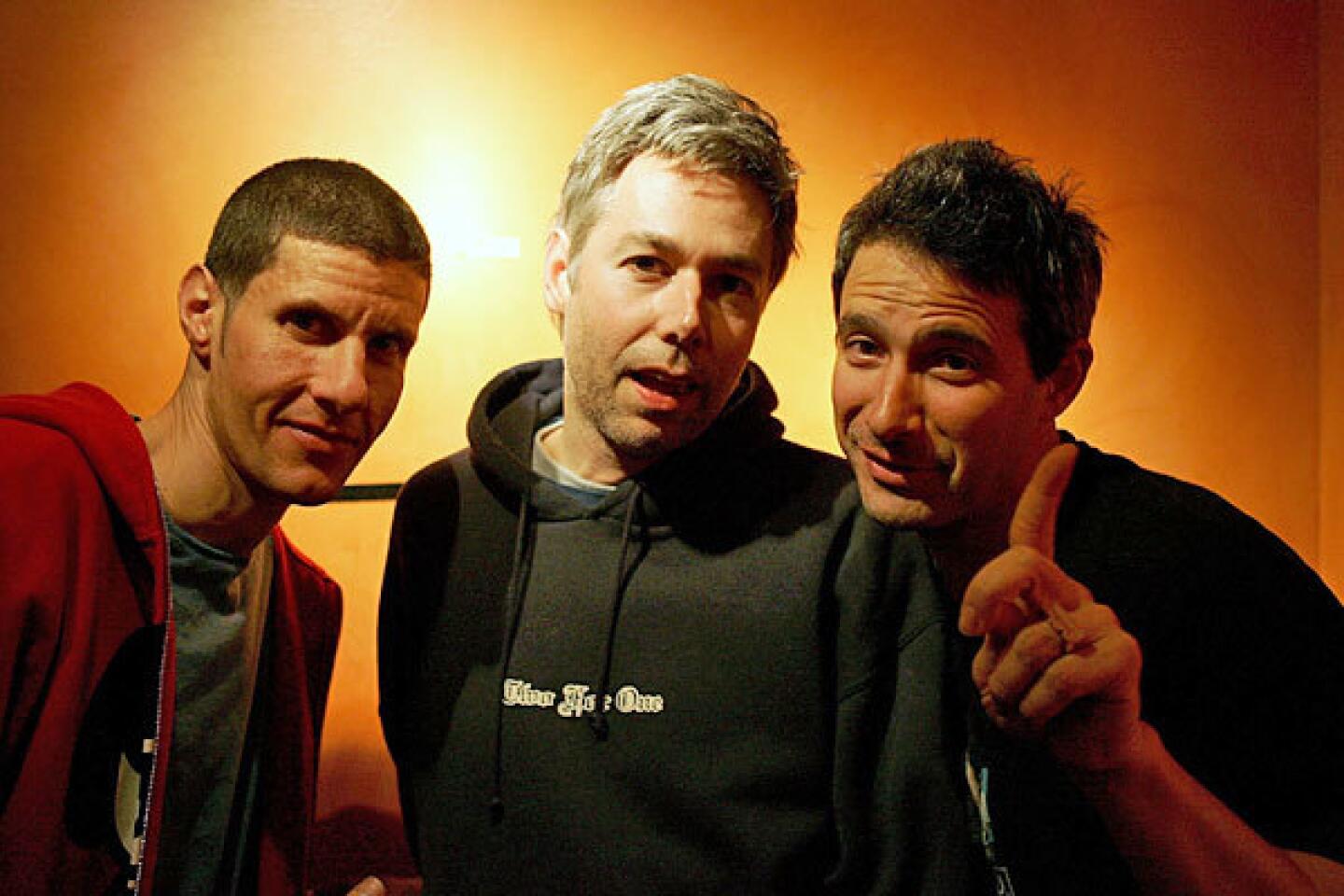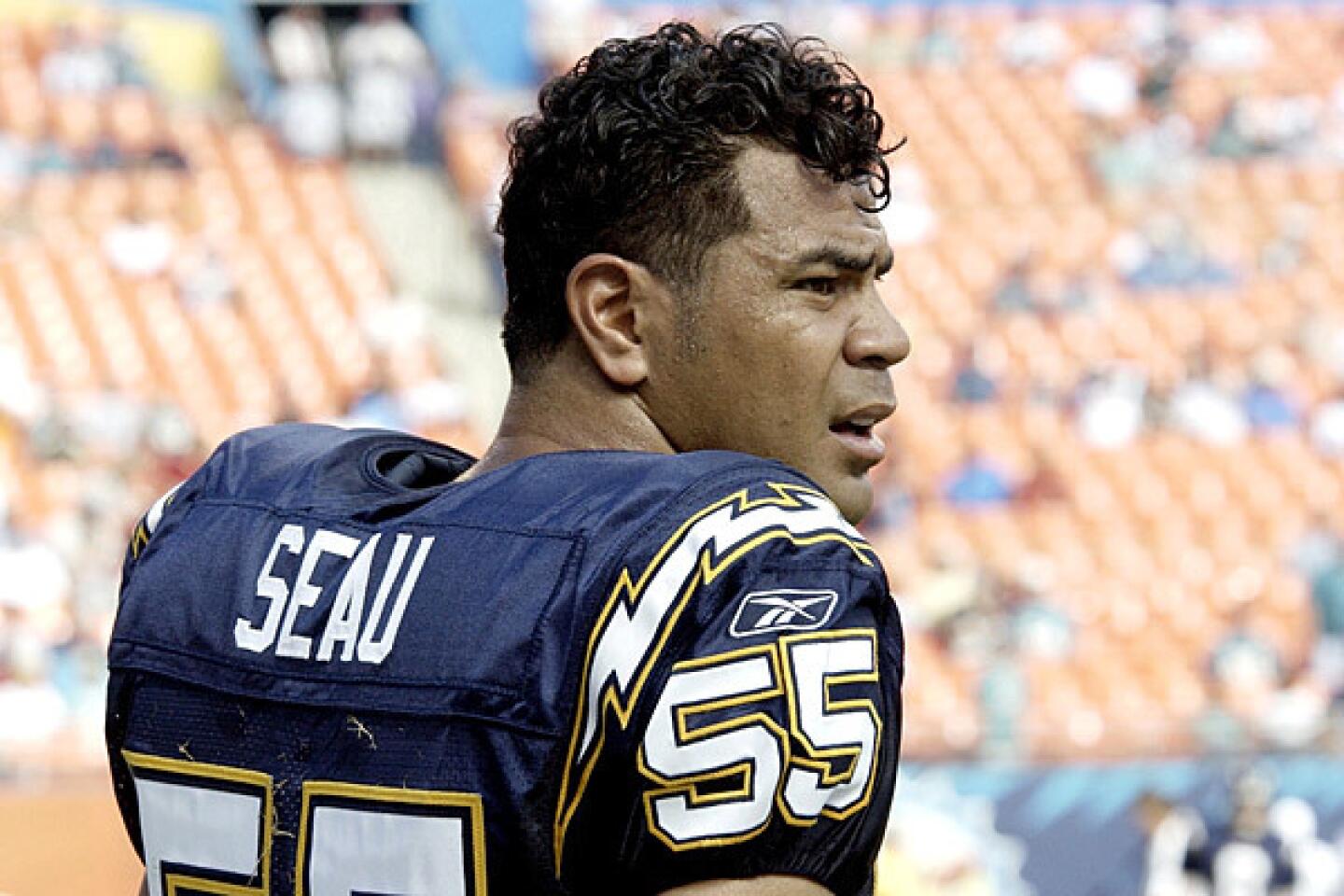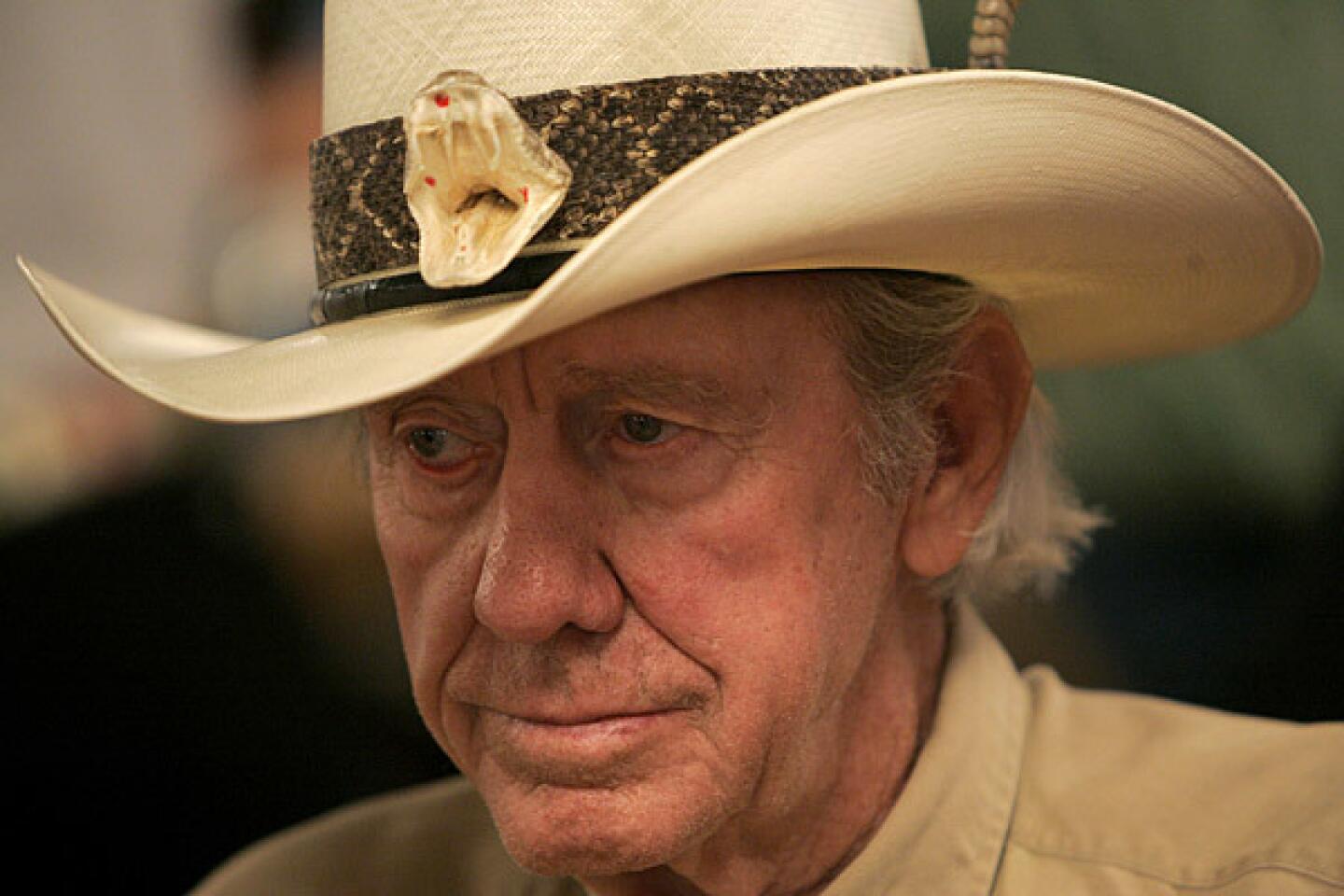David W. Kenney dies at 77; SeaWorld’s first veterinarian
- Share via
David W. Kenney, SeaWorld’s first veterinarian, who played a key role in bringing the original Shamu to the San Diego amusement park as well as a gray whale believed to be the first raised by humans, died Feb. 14 in Montrose, Colo. He was 77.
The cause was cancer, said his sister, Meredith Maler.
Kenney was hired by the park a few weeks before its 1964 opening and over the next several years displayed an ingenuity and dedication that helped the fledgling tourist attraction build and maintain an impressive collection of marine animals.
“Even after 50 years, we continue to learn amazing things about animals — their biology, physiology and behavior. Dr. Kenney played a critical role in establishing that knowledge base with the work he did with animals that were part of the park’s zoological family in SeaWorld’s early years, including Shamu,” said SeaWorld spokesman Dave Koontz.
Kenney had a veterinary practice in San Diego when he was called by SeaWorld to conduct necropsies on a couple of its whales and a dolphin. He urged park officials to retain a veterinarian capable of finding out why the animals were dying and preventing further deaths. He was hired.
One of the first changes he made was the whales’ diet. They had been fed mackerel, and the fish bones had caused a blockage in their stomachs. He found that they thrived on a concoction of whipped cream and squid. He also examined the park’s methods for transporting dolphins and found that they developed pneumonia because they were not properly sheltered during travel.
Often, he found that coming up with a treatment was only half the battle, as in the case of sea lions with mange that left them covered with skin ulcers.
“Just imagine trying to cover 20 sea lions’ bodies with medicine!” he recalled in a 2004 interview with Colorado’s Telluride Watch newspaper.
His solution was to empty the sea lions’ pool and get into it with a mop that he used to swab the bottom with medicine. The creatures were brought back in to play, coating themselves with the ointment as they slipped and slid across the drained pool.
Kenney also devised a medicine tube out of a stove pipe to spray medicine down Shamu’s blow hole when the killer whale had such a nasty cold that it was blowing enormous gobs of mucus on anyone within range.
When the first Shamu was brought to Sea World from Seattle in 1965, Kenney created a special cradle for it to rest on and a sprinkler system to keep it hydrated. He used emollients such as zinc oxide and mineral oil to keep the whale’s skin from drying out or getting sunburned.
“Dr. Kenney was right out there in the forefront of designing and knowing what the animals needed,” said Roger Stevenson, who worked closely with Kenney as SeaWorld’s assistant director of animal collecting. “He was in tune with the animals … and did a miraculous job sensing their behavior. “
Kenney’s empathy for animals may have come from the health problems he experienced in the first years of his life. He had a defective kidney that was removed soon after his birth in Toledo, Ohio, on May 12, 1934, and spent three years in the hospital.
“There was a lot of isolation,” his sister said. “I think that’s why he found so much comfort saving animals.”
Kenney moved to California with his family in 1946 and settled in La Jolla. In high school, he worked on cattle ranches and rode broncos and bulls in rodeos.
He spent his undergraduate years at what is now San Diego State before earning a degree in veterinary medicine at UC Davis in 1962. He went to work at an animal hospital and quickly gained a reputation for being “willing to treat anything that came in the door,” said Lois James, his first wife.
Their house became an extension of the hospital and later of SeaWorld. According to his sister, it was not uncommon to open one of Kenney’s freezers and find the carcass of a seal or a penguin on which Kenney planned to perform a necropsy.
The SeaWorld vet also brought live animals home, such as an South American anteater that had impeccable bathroom habits and enjoyed beer. It was joined by a chimpanzee named Chester, who went on to perform at SeaWorld after a period of socialization with the Kenneys.
Kenney went on animal collecting trips around the world and, despite the criticisms of animal-rights activists, believed that the wild species he brought to SeaWorld were better off there than in nature, where they died of diseases and injuries. His early methods of capture were far from ideal, however.
Soon after joining SeaWorld, he and a physiologist from the Scripps Institution of Oceanography hired a Japanese whale gunner who harpooned a baby whale in the waters off Baja California.
According to a 1973 article in the New Yorker by Faith McNulty, the young whale suffered a pierced lung but Kenney patched it up. It survived at SeaWorld for two months, which “convinced Kenney that, with gentle handling, a baby whale could be captured and kept indefinitely,” McNulty wrote.
In 1971, Kenney tried again. At Baja’s Scammon Lagoon, he and a SeaWorld crew managed to maneuver a gray whale calf under their boat and slip a hoop around it. They carefully hauled it to the beach, where it was placed on a stretcher and floated out to a larger boat for the 300-mile trip back to San Diego.
The whale was named Gigi (for gray girl). She was the first whale of the large baleen variety known to be captured unharmed, taken inland for a year of study and successfully released.
During her captivity, she fascinated Kenney and dozens of visiting scientists, who were able to observe for the first time how a great whale breathes and eats.
Kenney left Sea World in 1972 to return to private practice. He operated several animal clinics in Southern California and later in Colorado, where he moved with his second wife, Connie Stapleton, also a veterinarian.
In addition to his wife and Maler, his sister, he is survived by a daughter, Gwendolyn; four sons, Shane, Miles and Lucas Kenney and Colin Rognlie; a sister, Elisabeth Ecke; a brother, William; and eight grandchildren.
More to Read
Start your day right
Sign up for Essential California for the L.A. Times biggest news, features and recommendations in your inbox six days a week.
You may occasionally receive promotional content from the Los Angeles Times.


